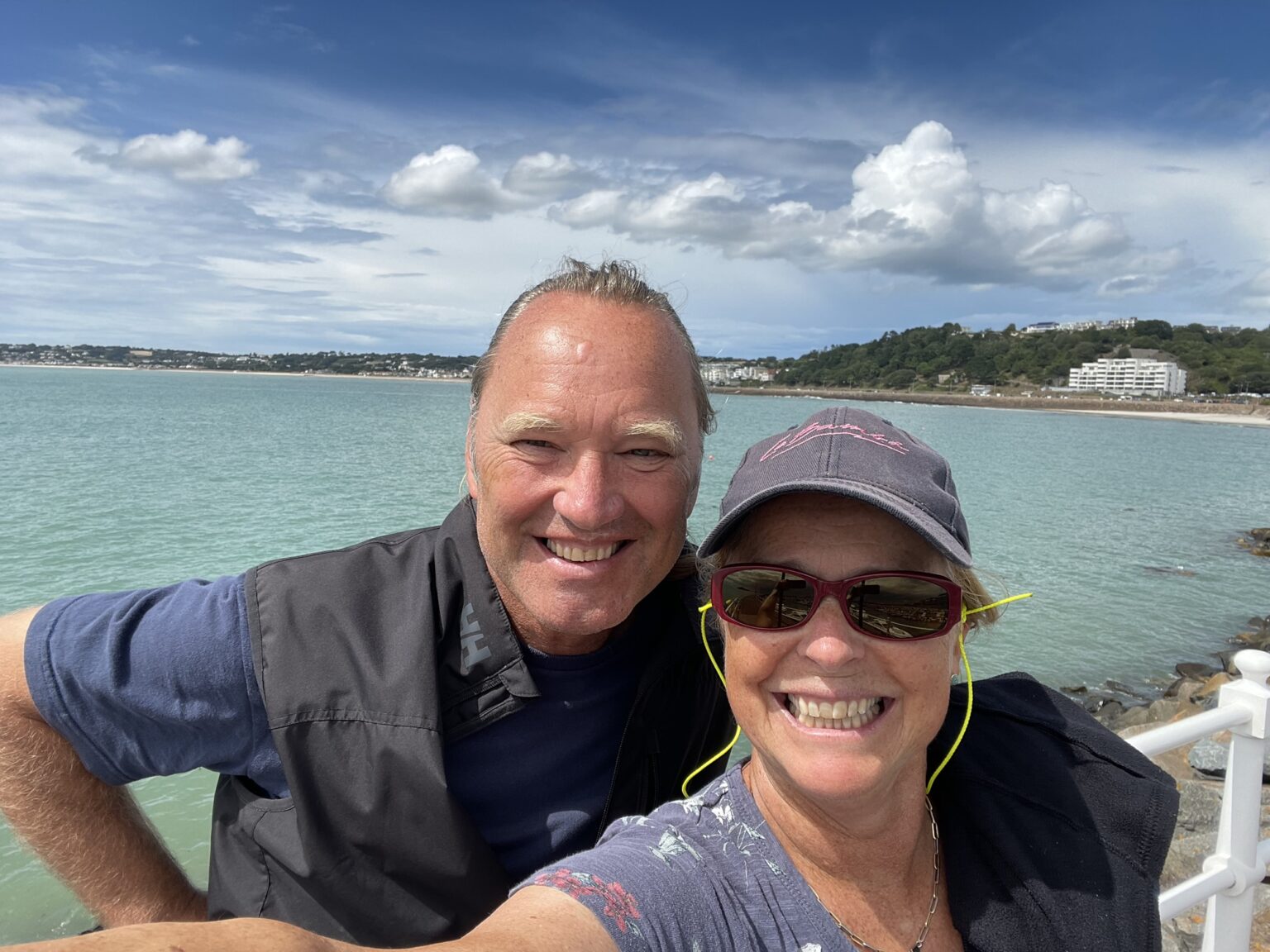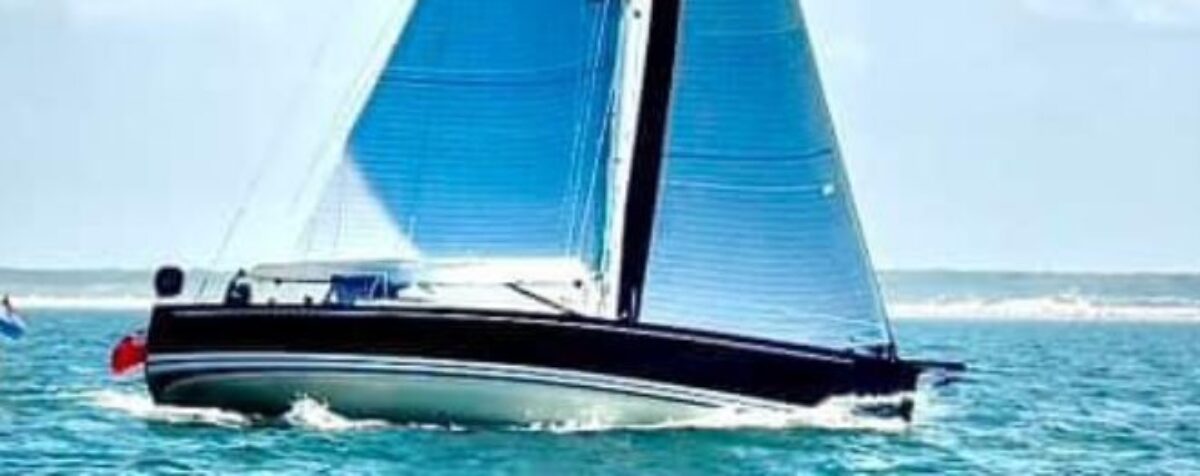18-20 July

We lingered on Jersey as it’s a very nice island with excellent crab – and we haven’t been beyond St Helier before, there are also some strong winds blowing through.
St Helier is a rather sprawling harbour and not nearly as pretty as Saint Peter Port, however our marina gives very good shelter with a sill to keep the water in and is only a short walk to restaurants, the maritime museum and the bus stop.
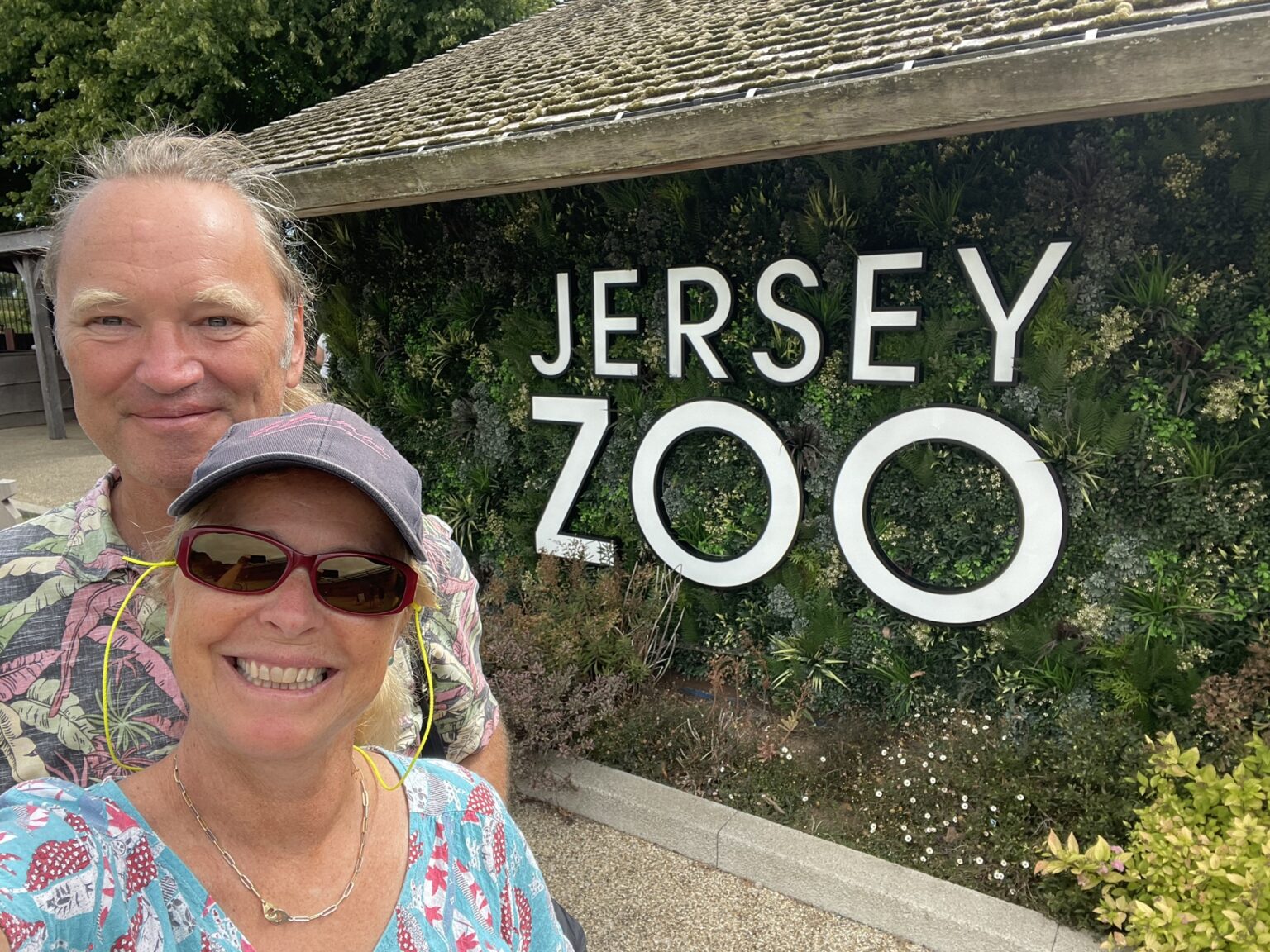
Ever since reading Gerald Darrell’s books when I was a girl I have wanted to visit Jersey Zoo, so we hopped on the bus and spent a very relaxing day there.

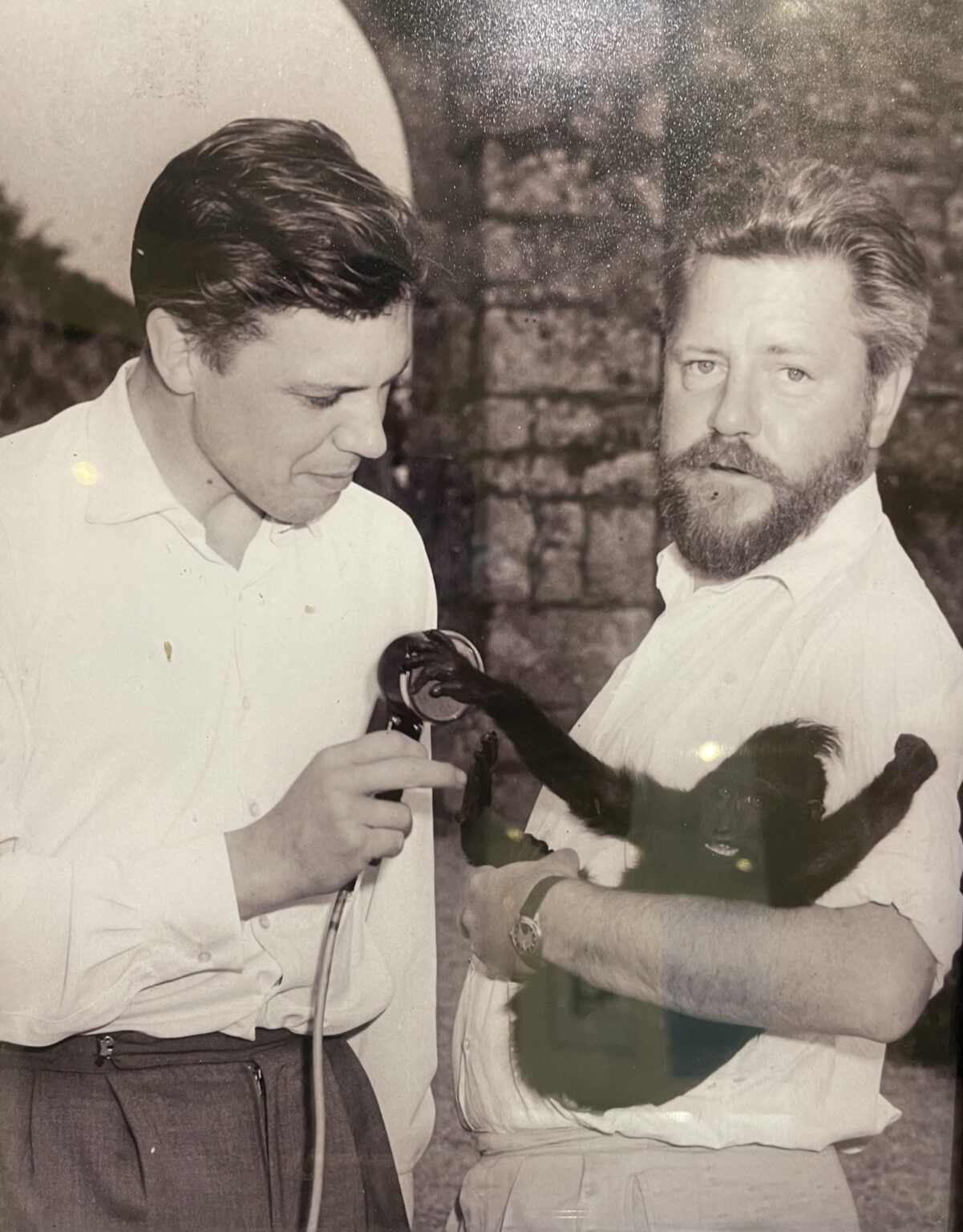
Durrell was a visionary pioneer: he created the first conservation zoo, where the primary aim was to save animals from extinction by breeding threatened species.

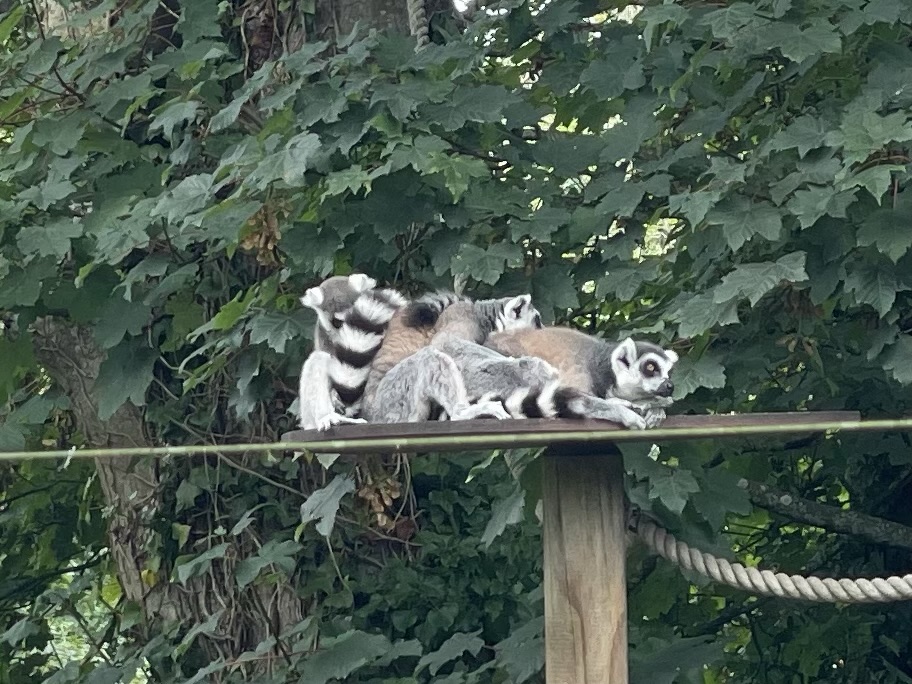
They have a very good exhibit on his life and inspiration.
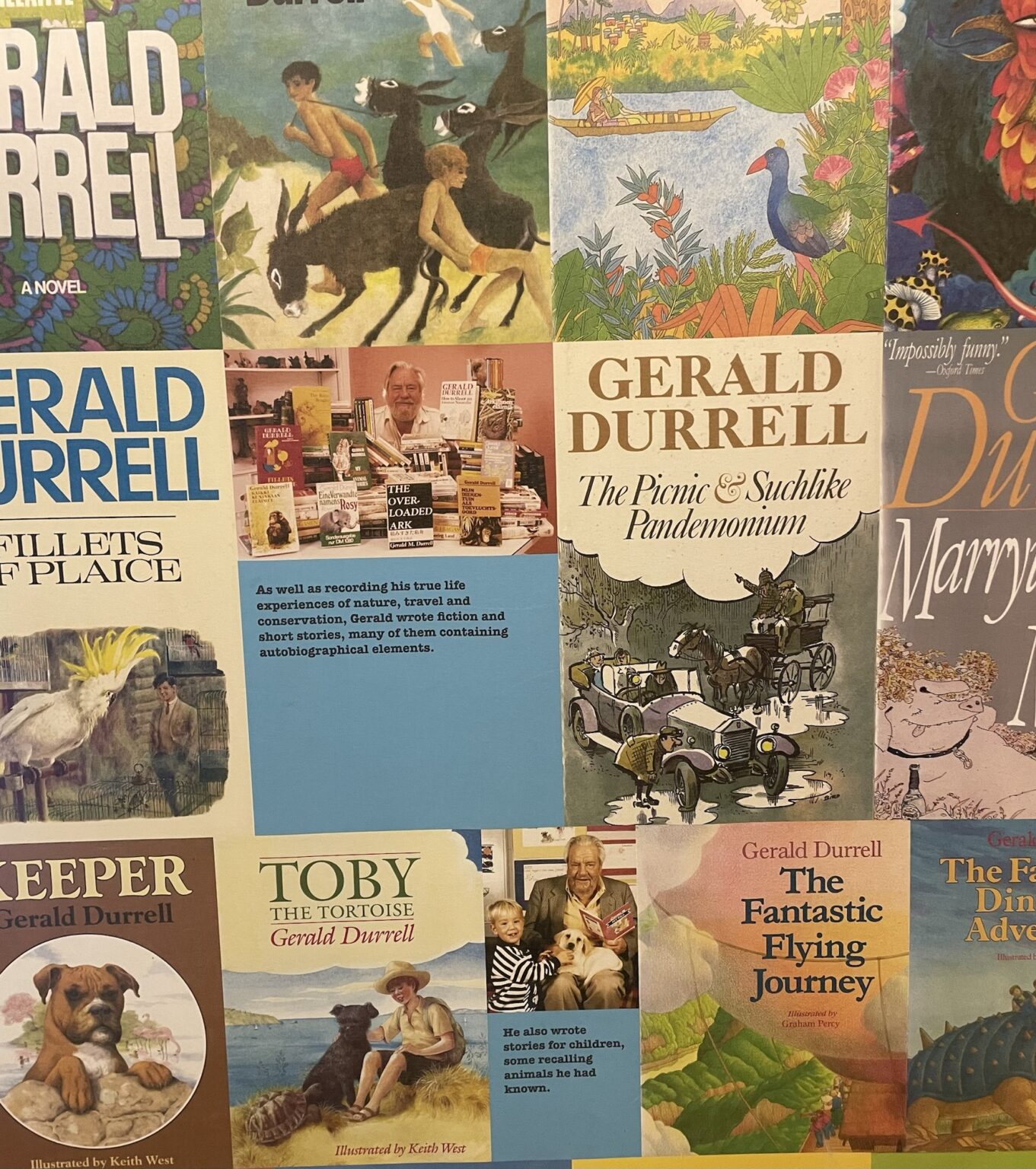
There are large animals such as apes here, but also rare tortoises, frogs and birds.
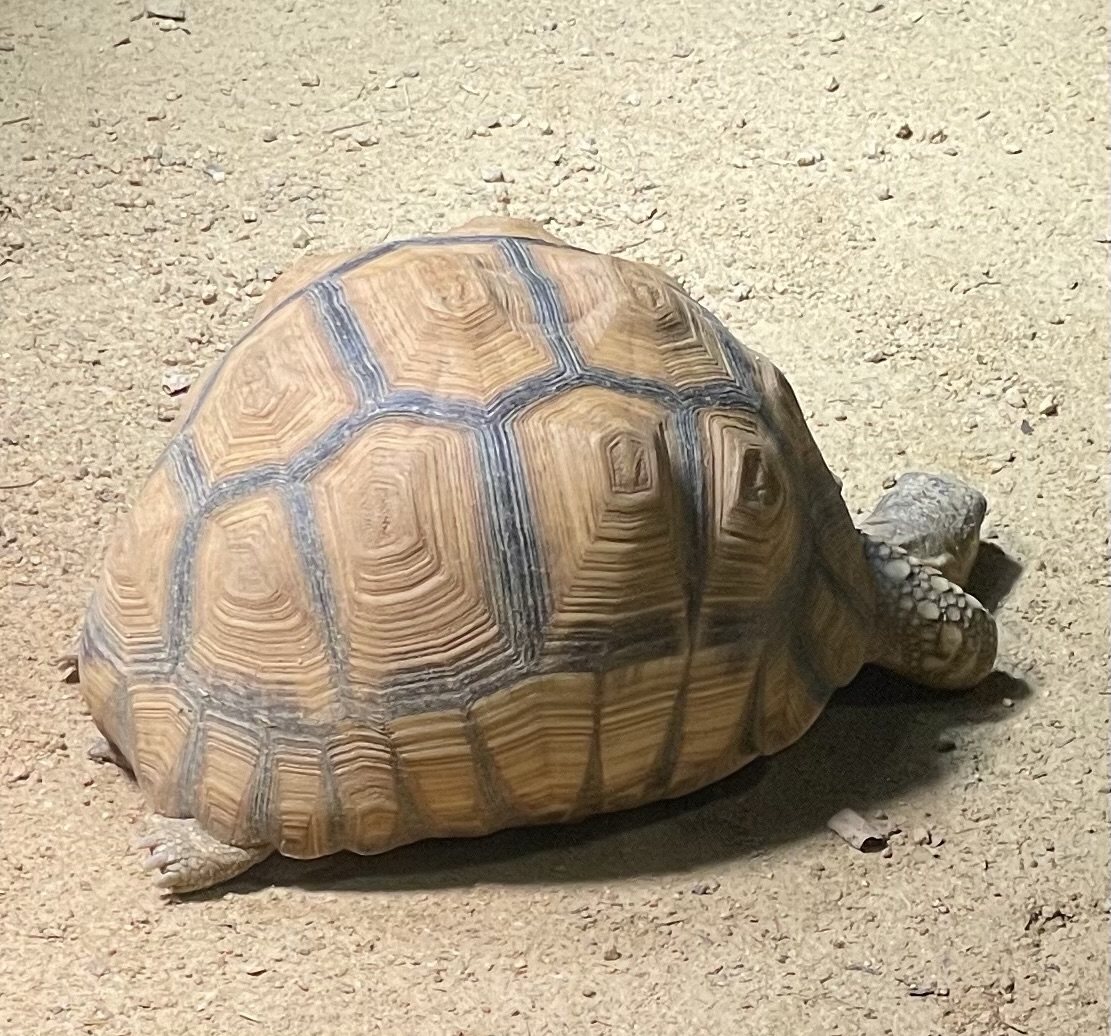
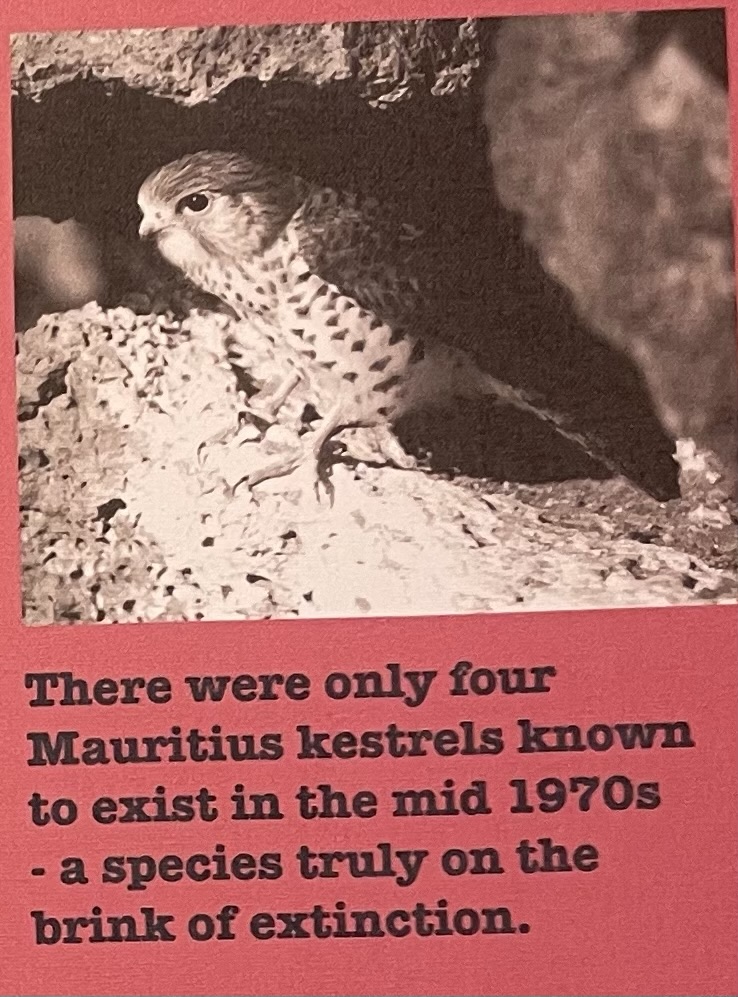
We also went to La Hogue Bie – 4 museums in one!
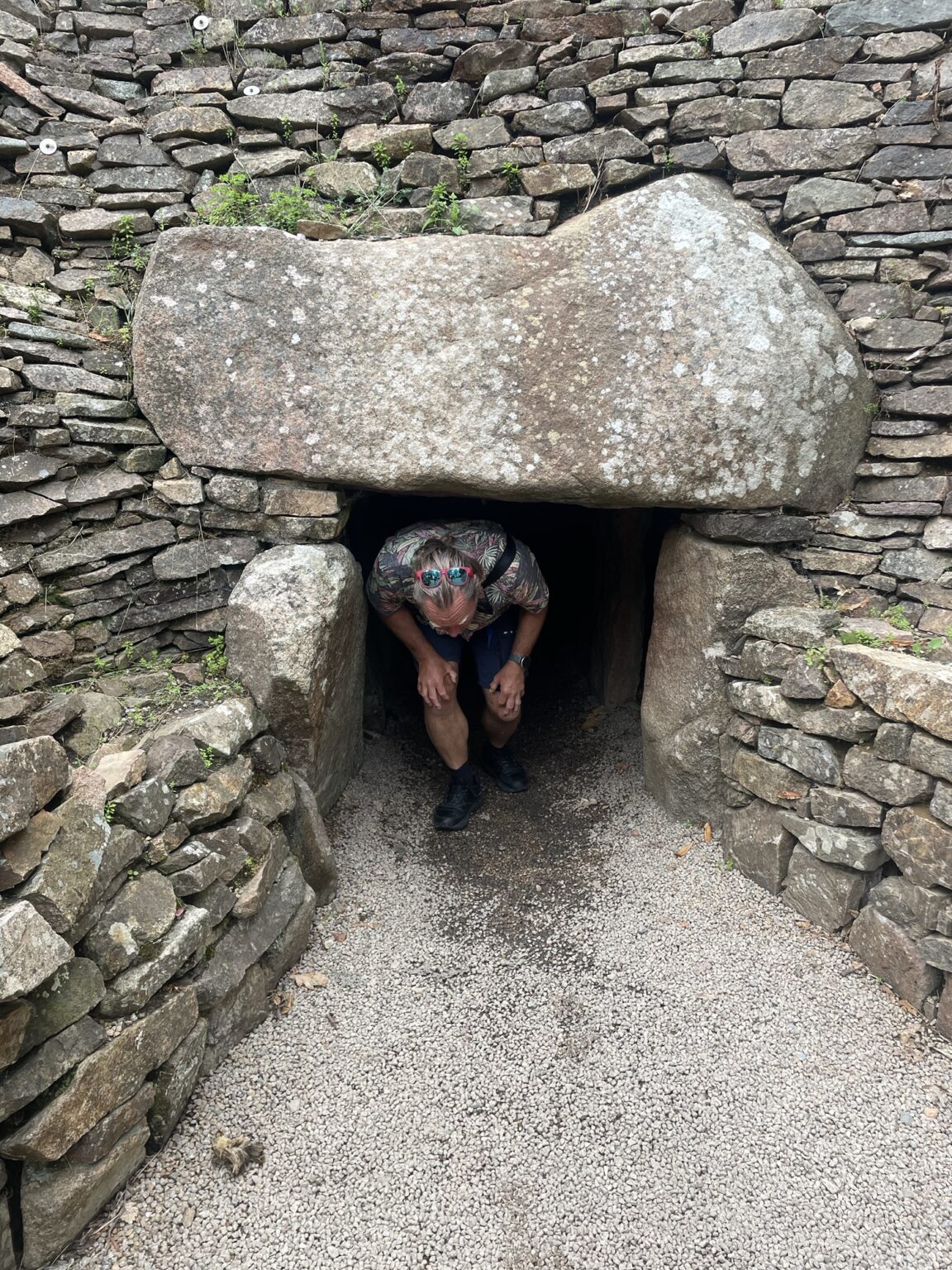
It has one of the oldest buildings in the world: an ancient 6000 year old burial mound that you can go inside.

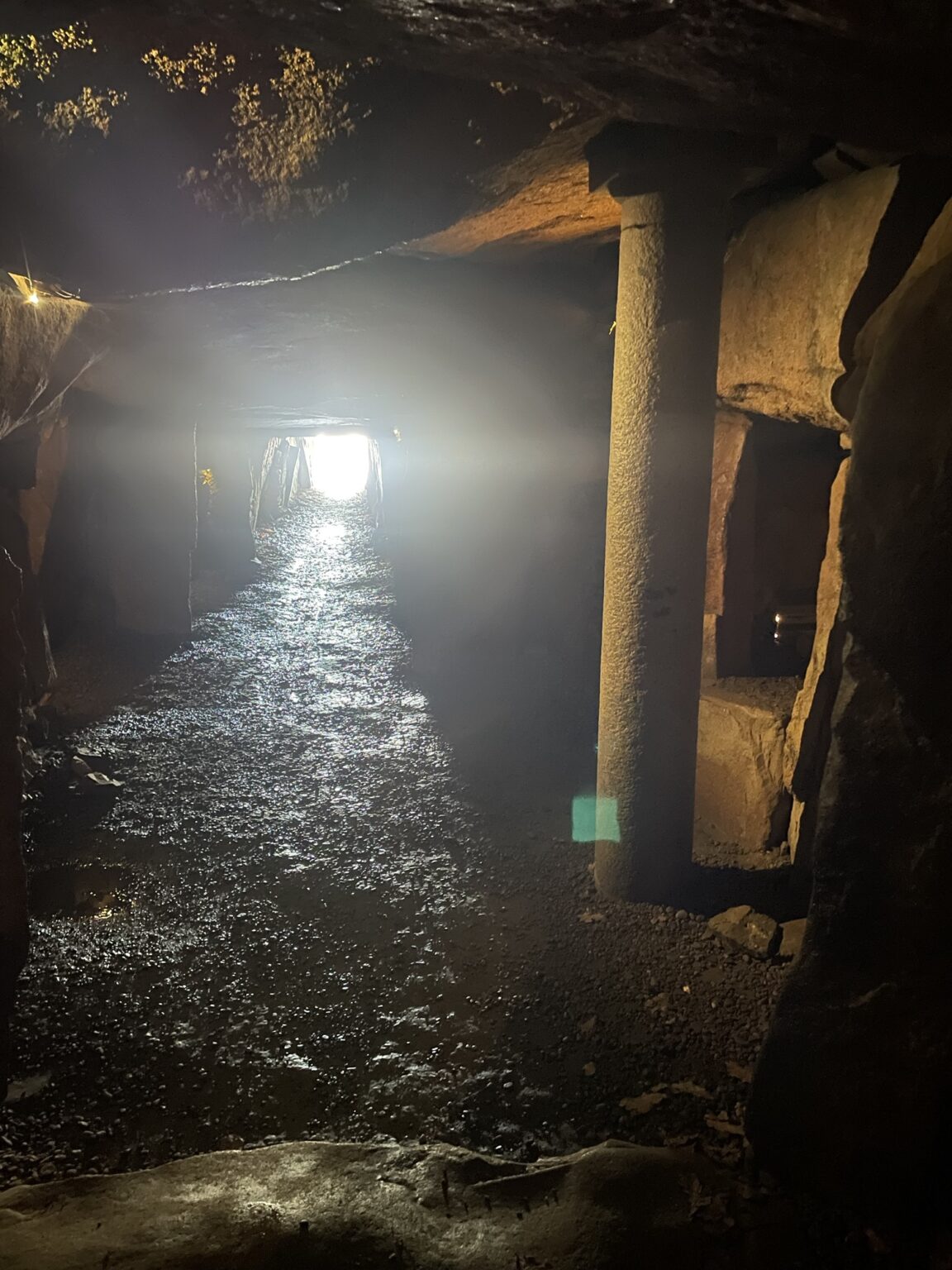
It has a museum with items from the many Celtic hoards buried on Jersey.

One had 70,000 coins and many gold torques and jewellery. Jersey has the most hoards of this type in Europe.
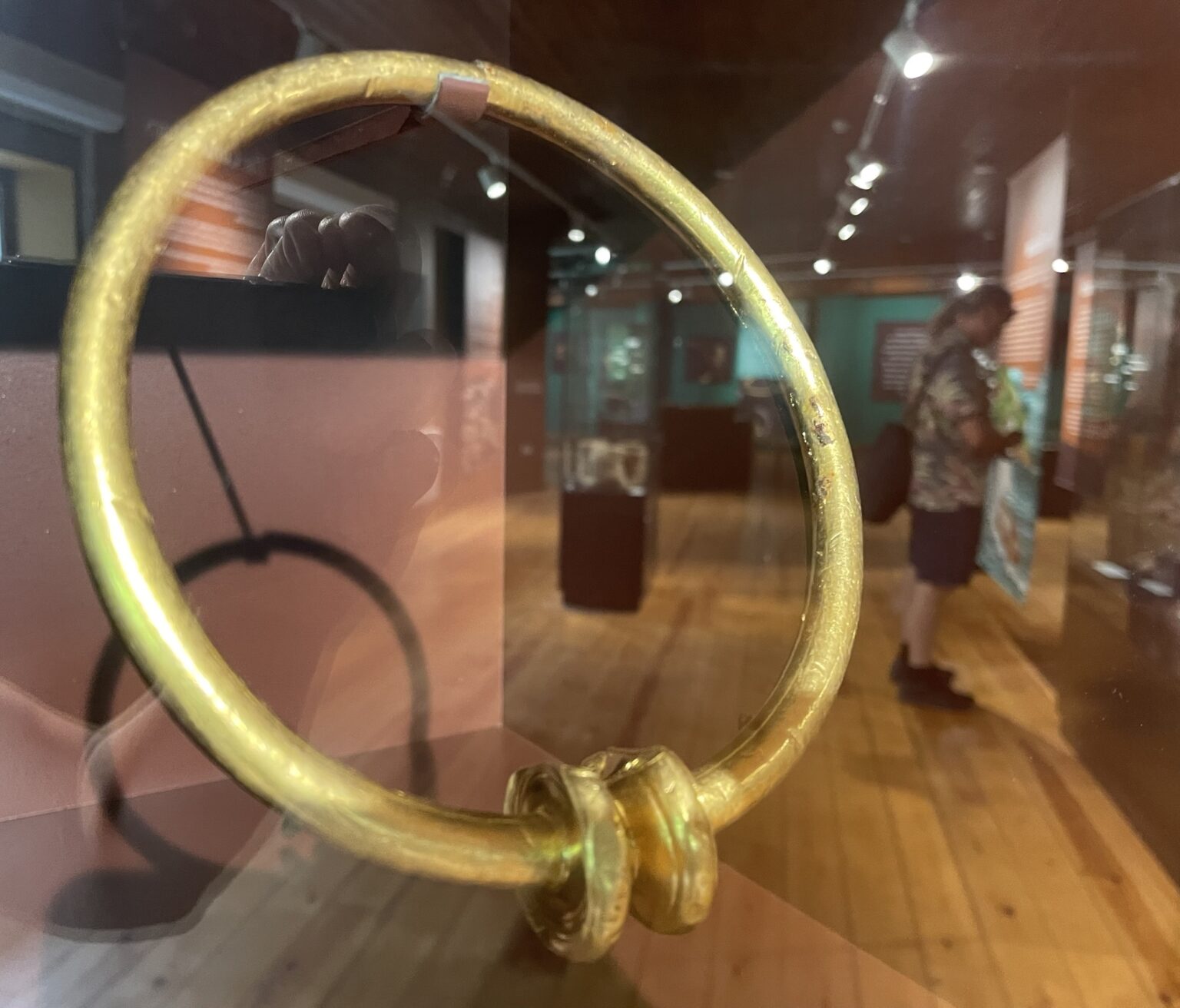
And a 12th century church on the top of the hill.
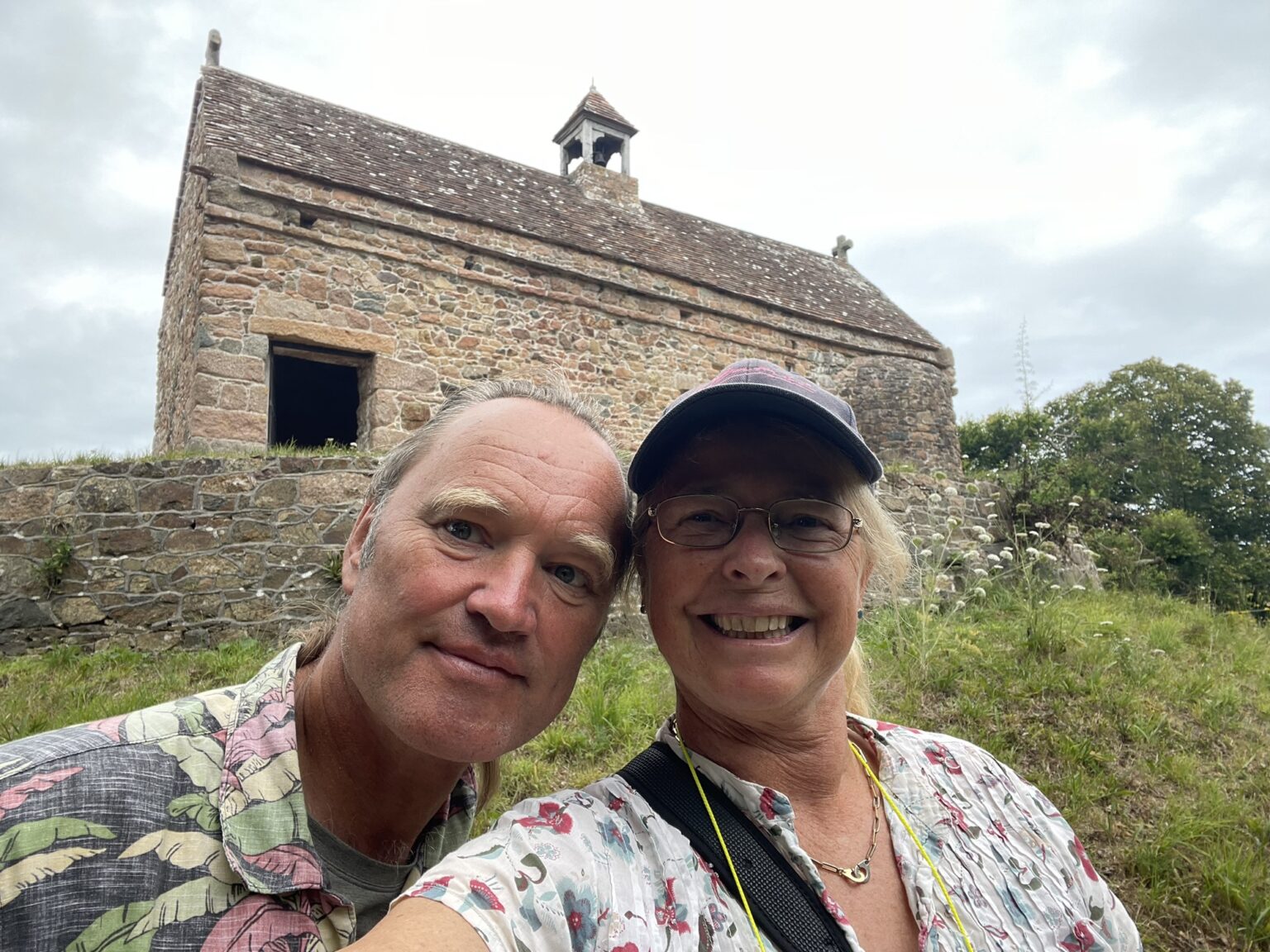
Everywhere is tainted by the German occupation and there is a moving memorial to the slave labour brought to the island to build fortifications for the Germans.
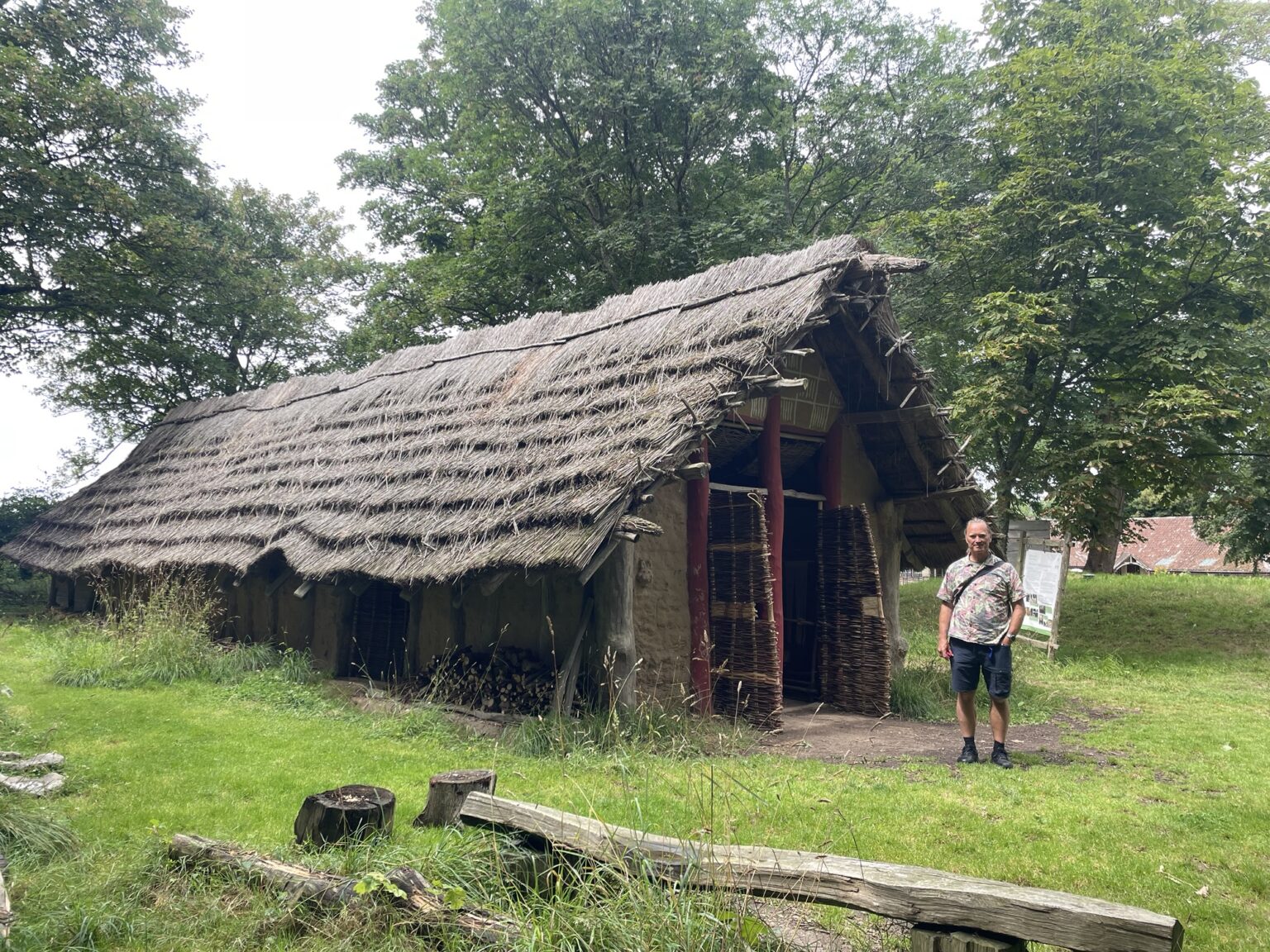
And there’s a large Iron-age house, made by volunteers, as living archaeology – using the tools and materials of the time. You may well recognise it from Astérix books!
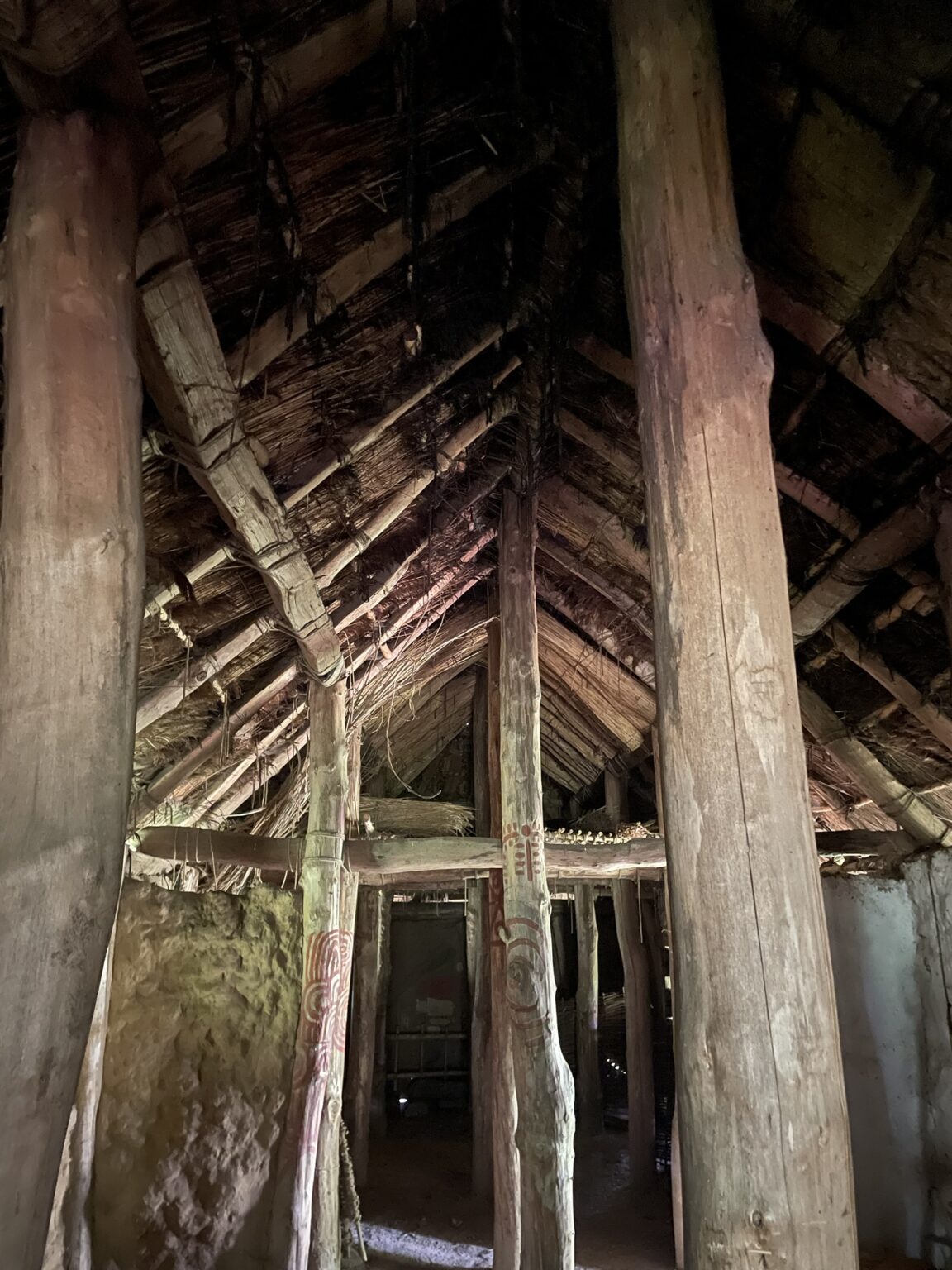
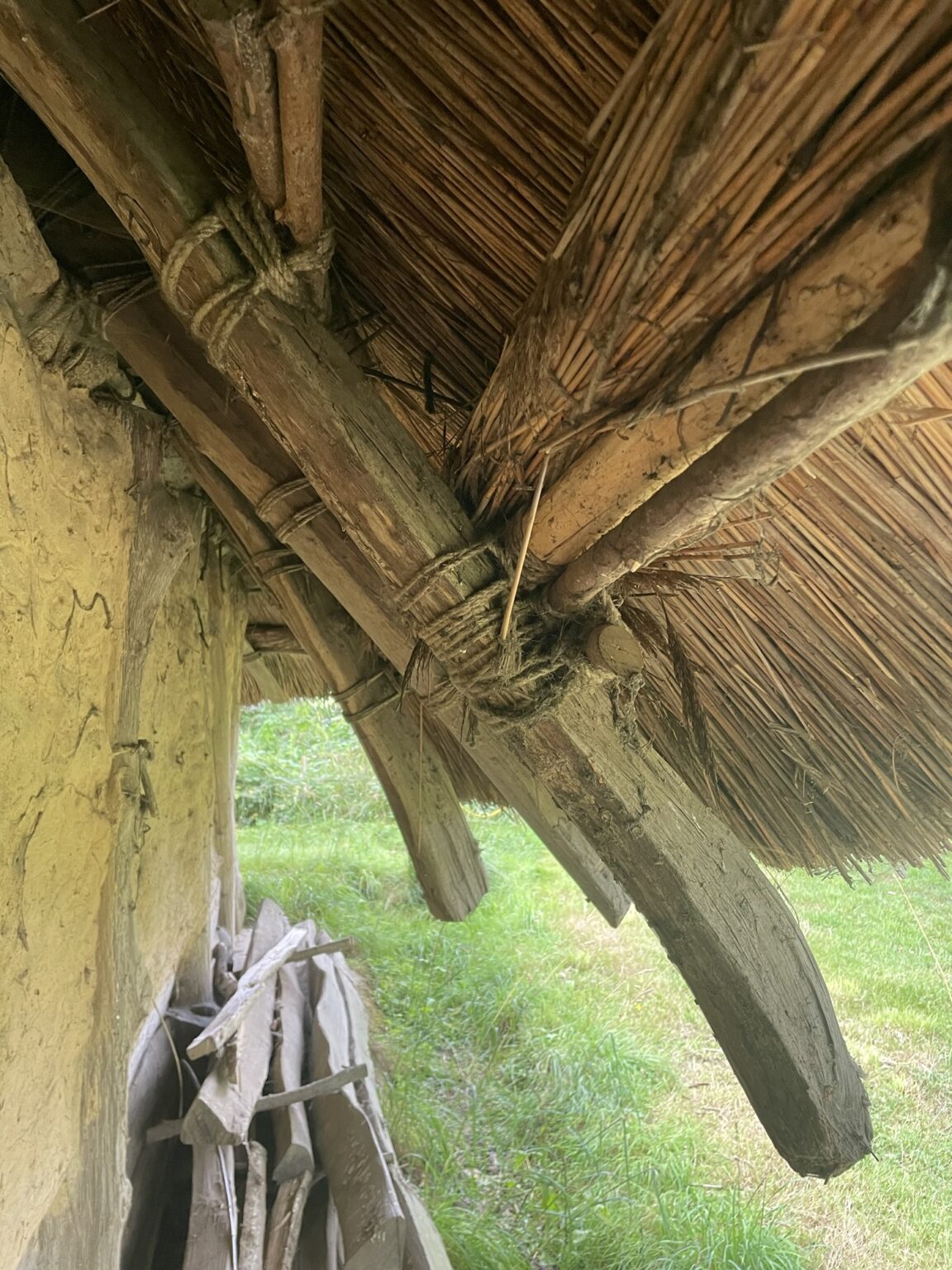
At Gorey is Mont Orgueil Castle to defend Jersey from France.
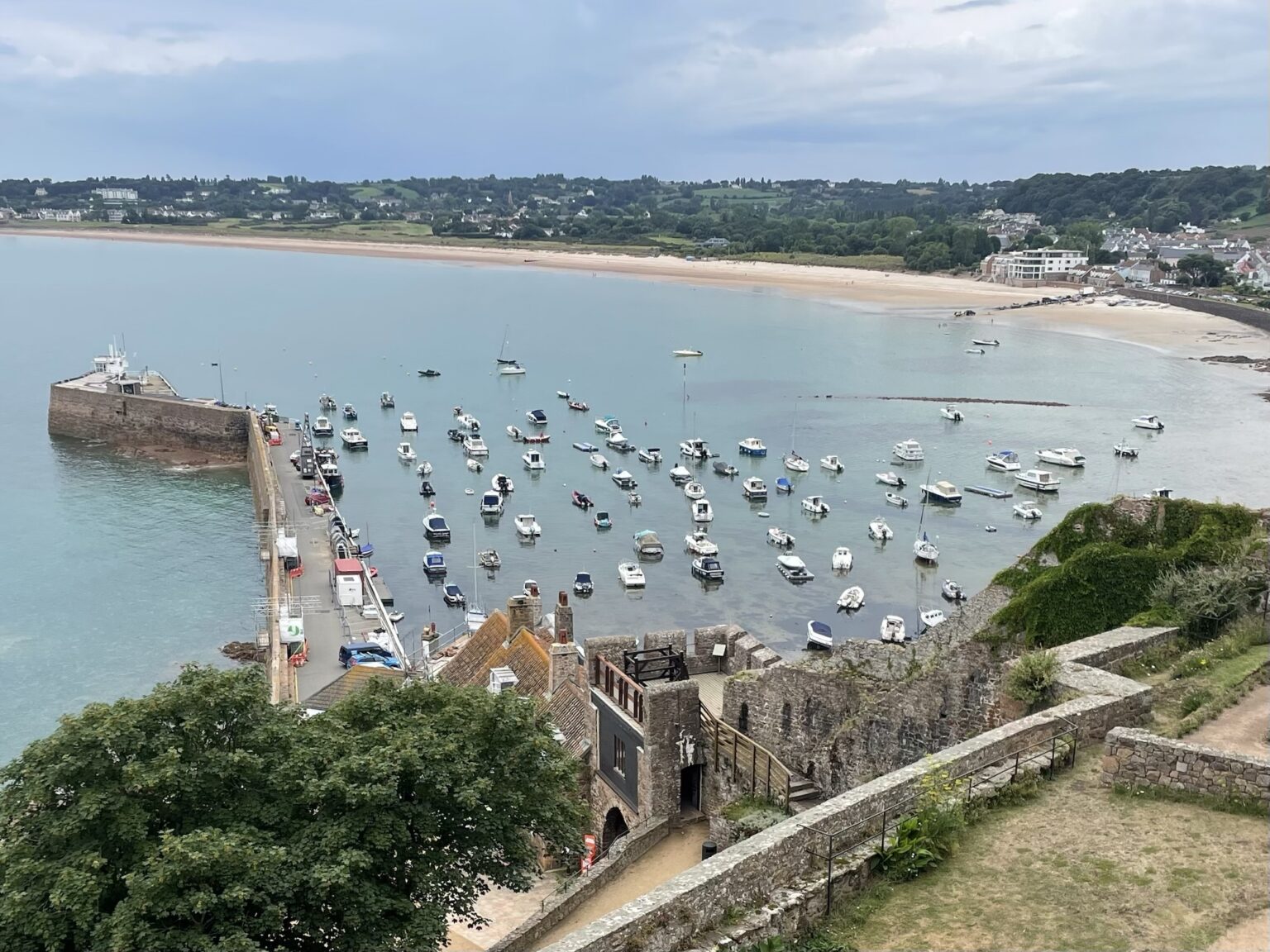
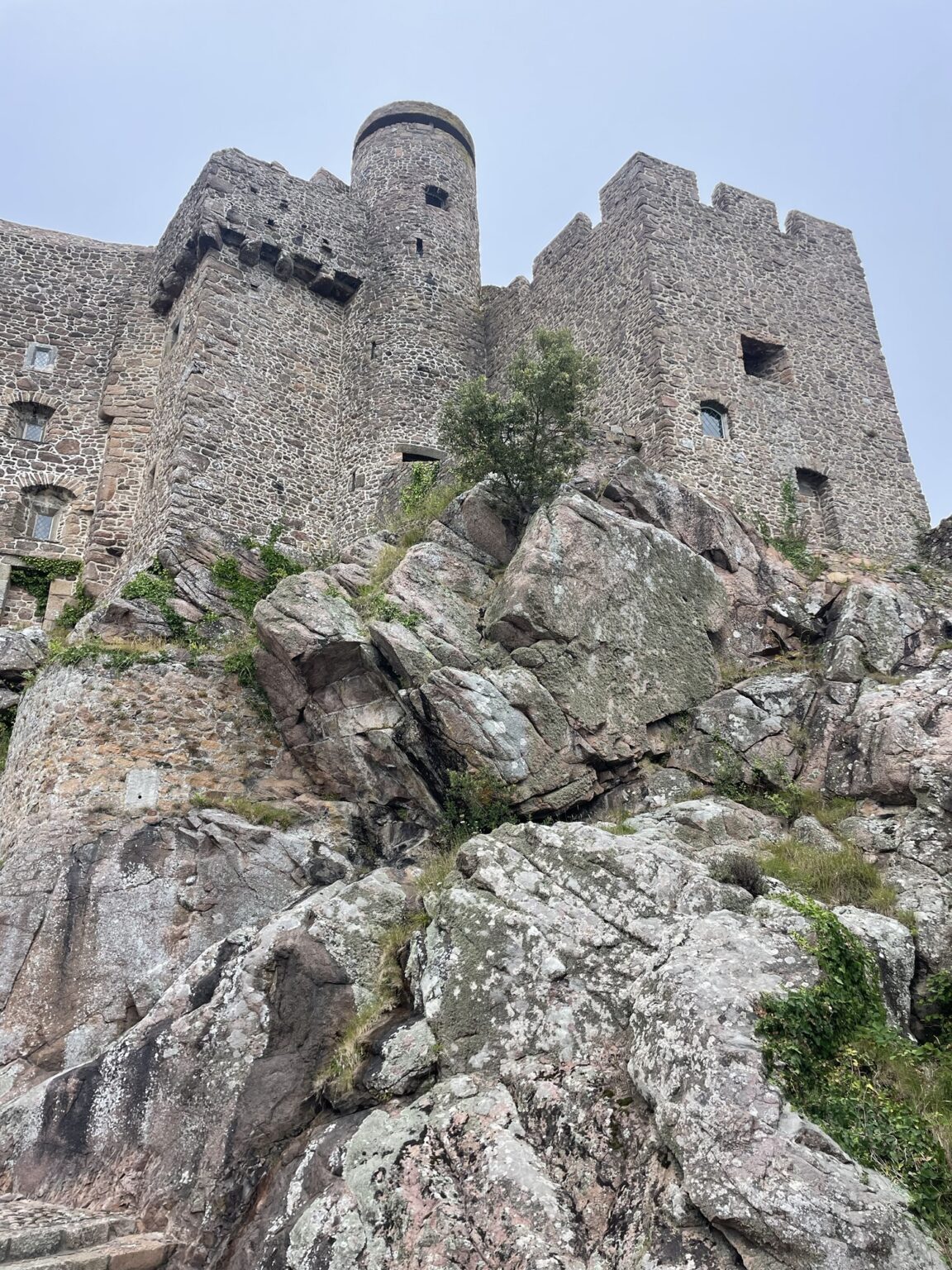
King John commissioned it and it was expanded over the centuries until innovations in cannon made it vulnerable to attack.
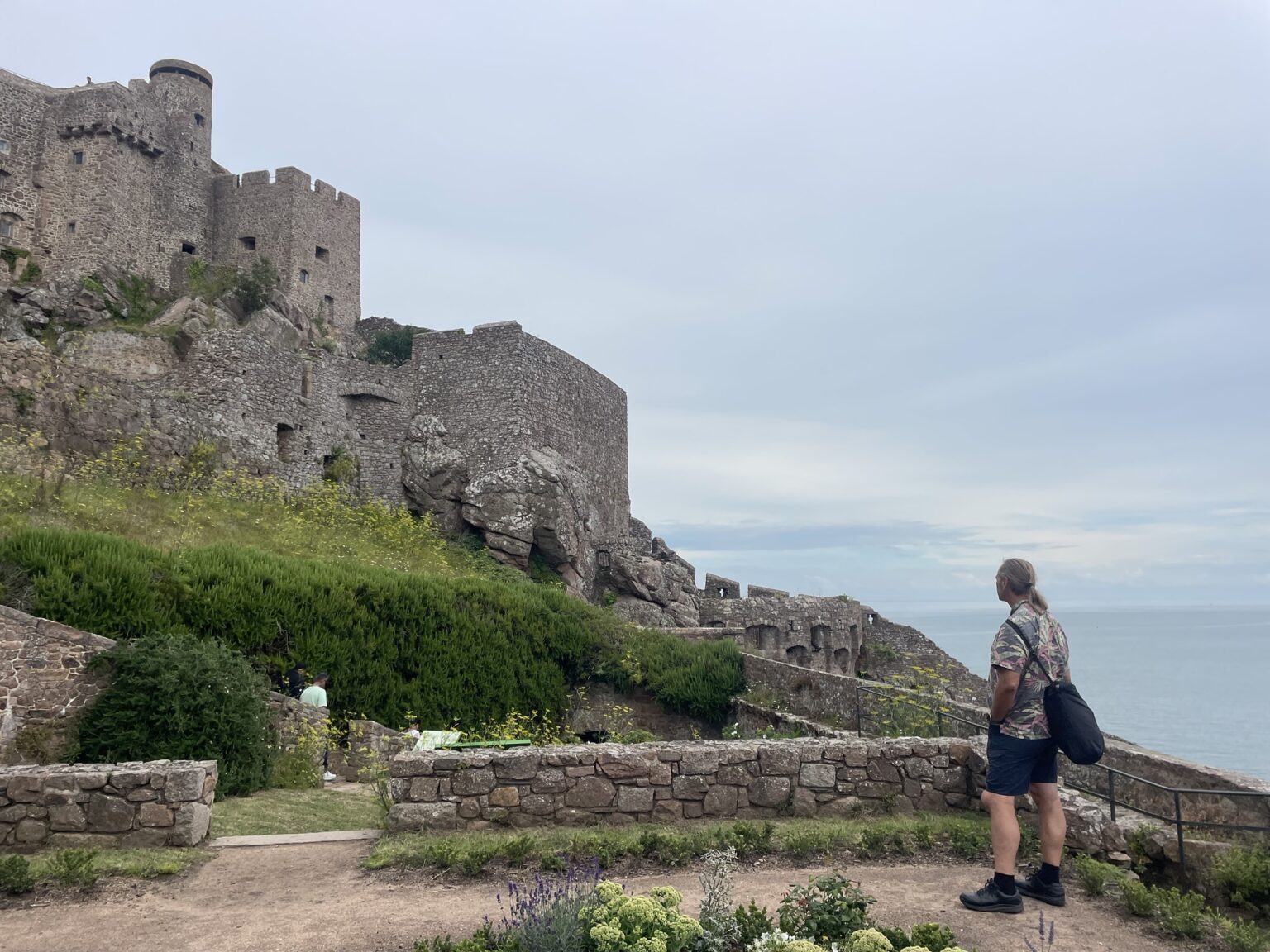
The Paulet family were governors of the island and lived here.
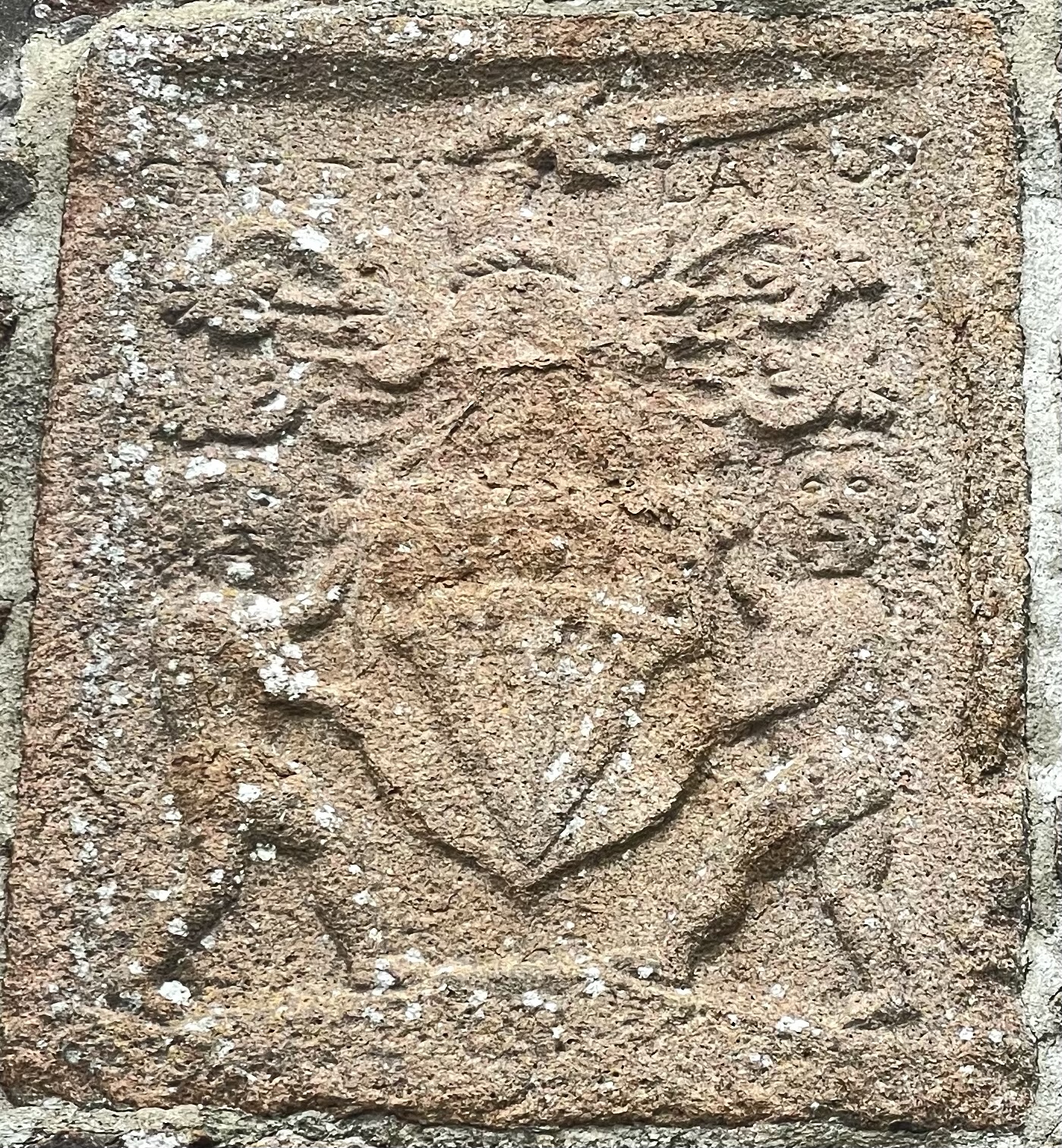
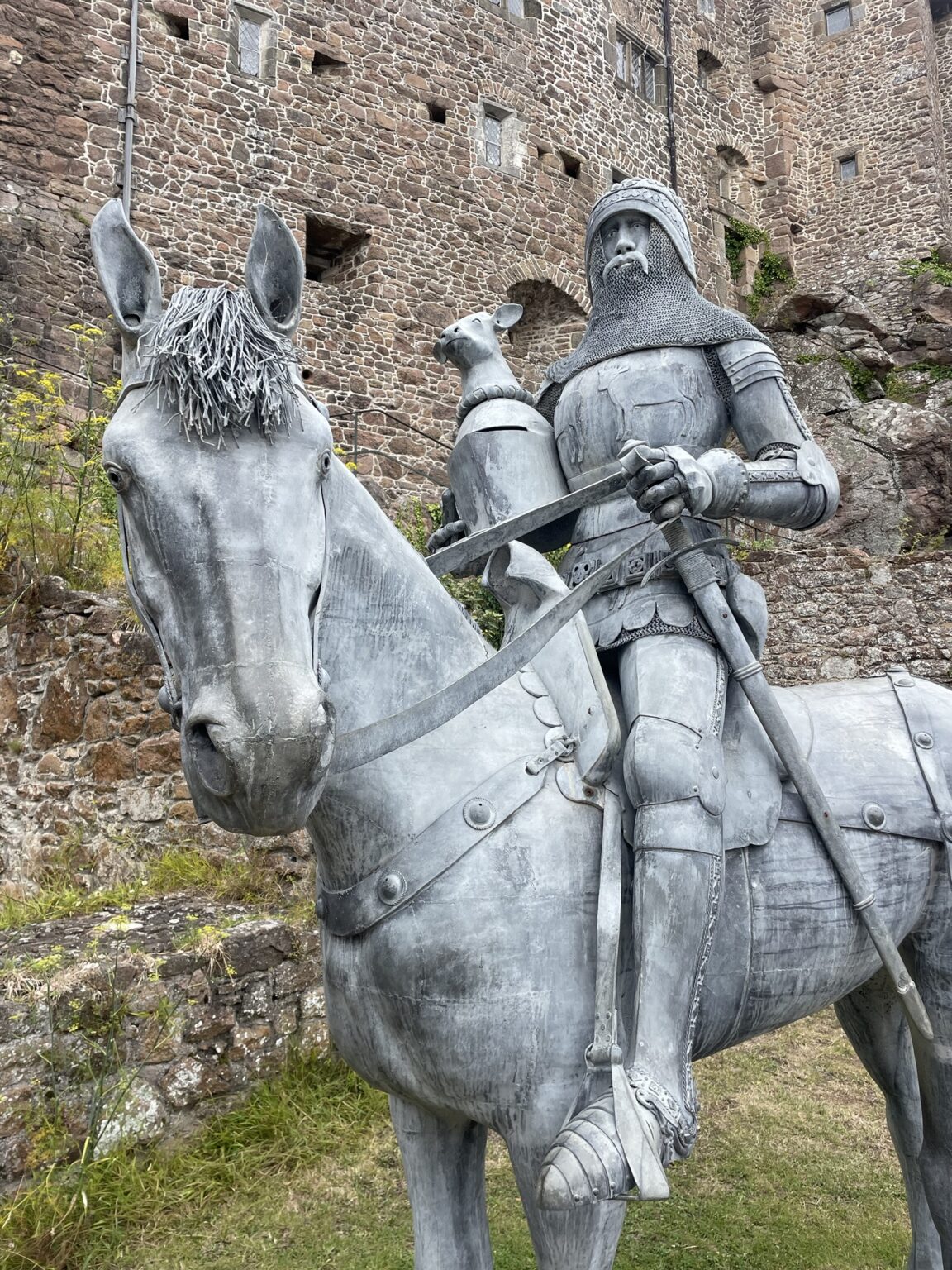
Walter Raleigh moved the main defence force to Castle Elizabeth named for his Queen.
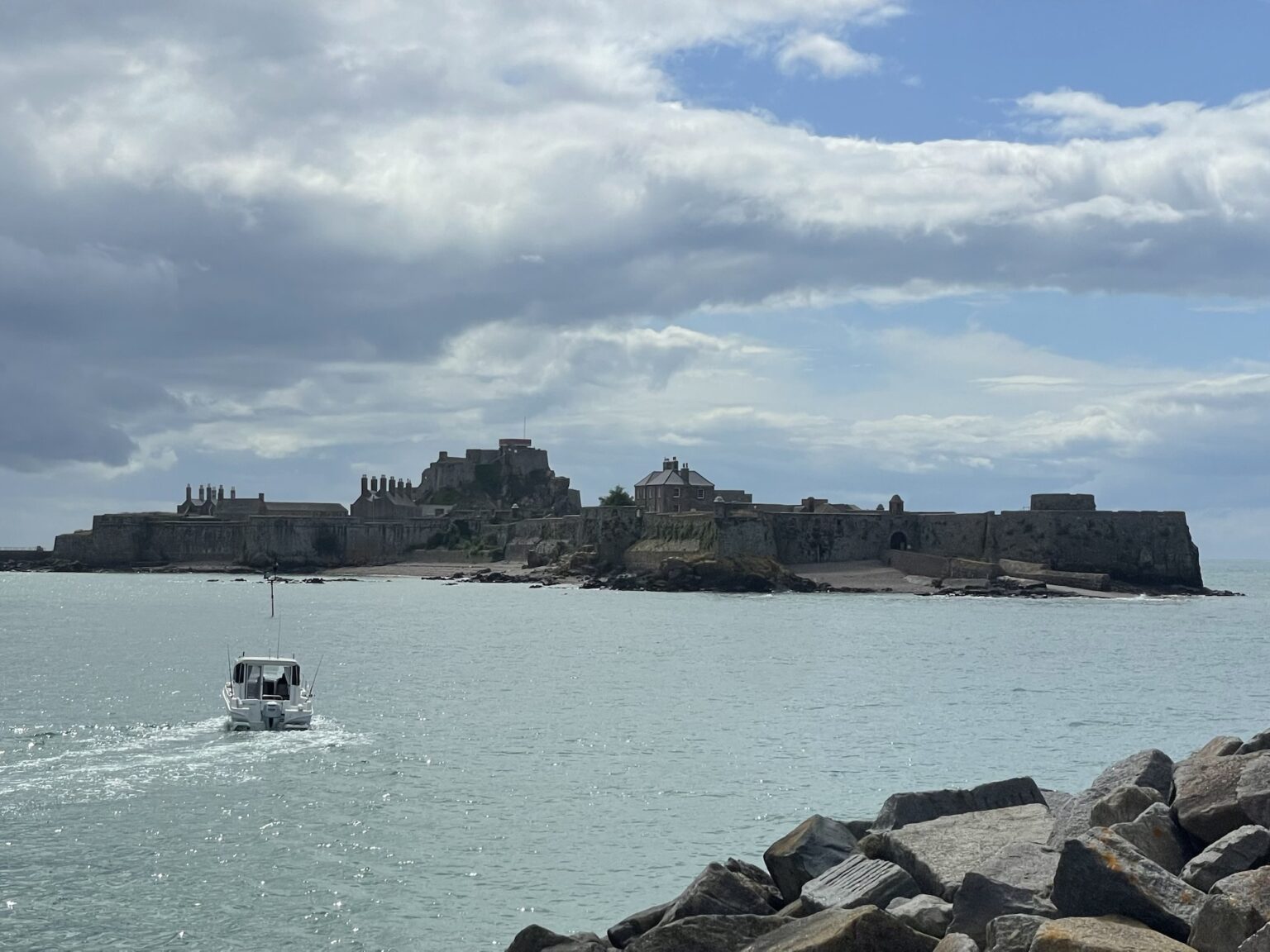
I also went to the Jersey museum in town.
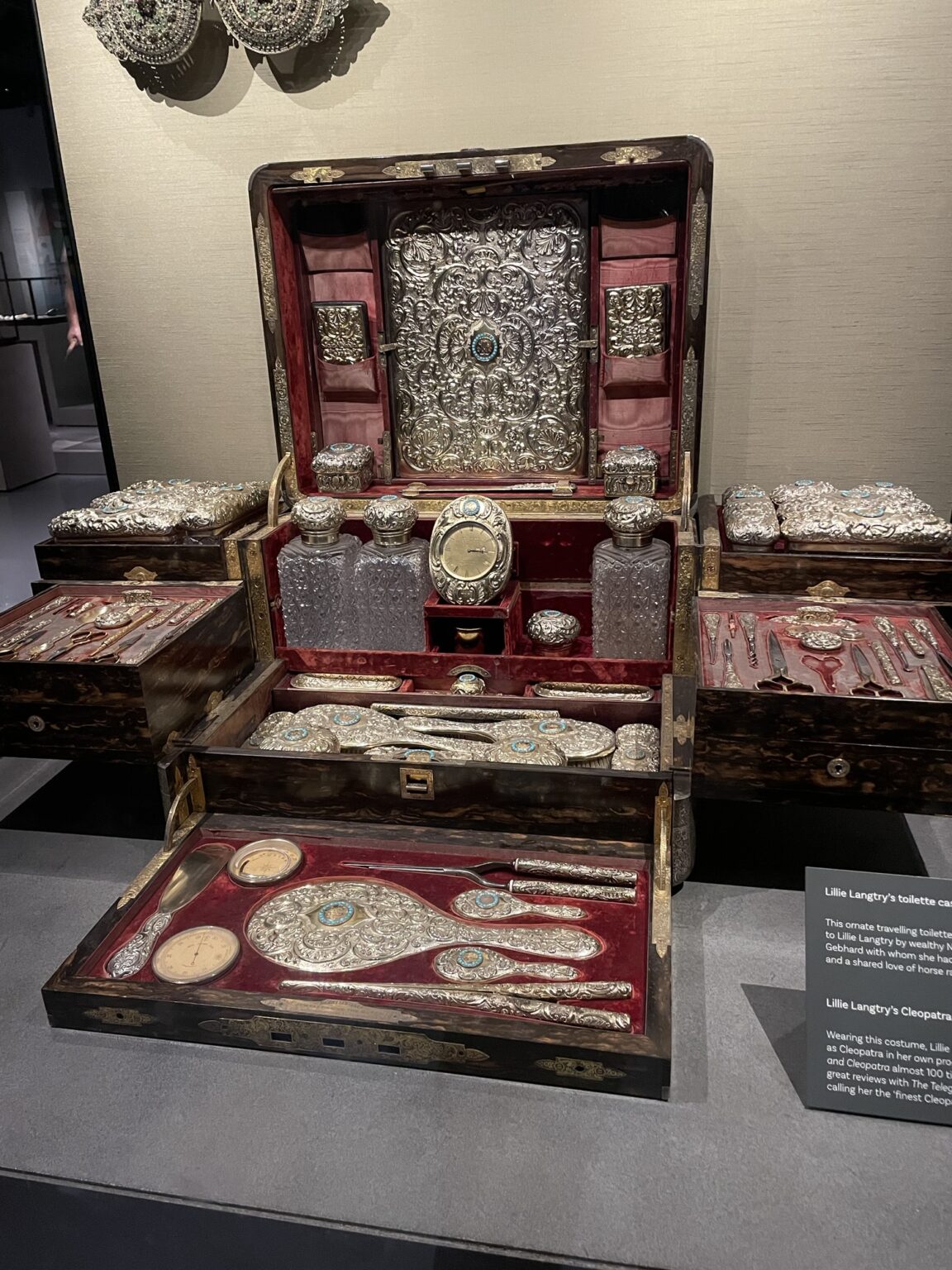
Jersey’s history mirrors Guernsey’s to some extent, but being closer to France made her more vulnerable to attack and so she has more defences. Including many towers along the southern coast built in Napoleonic times.
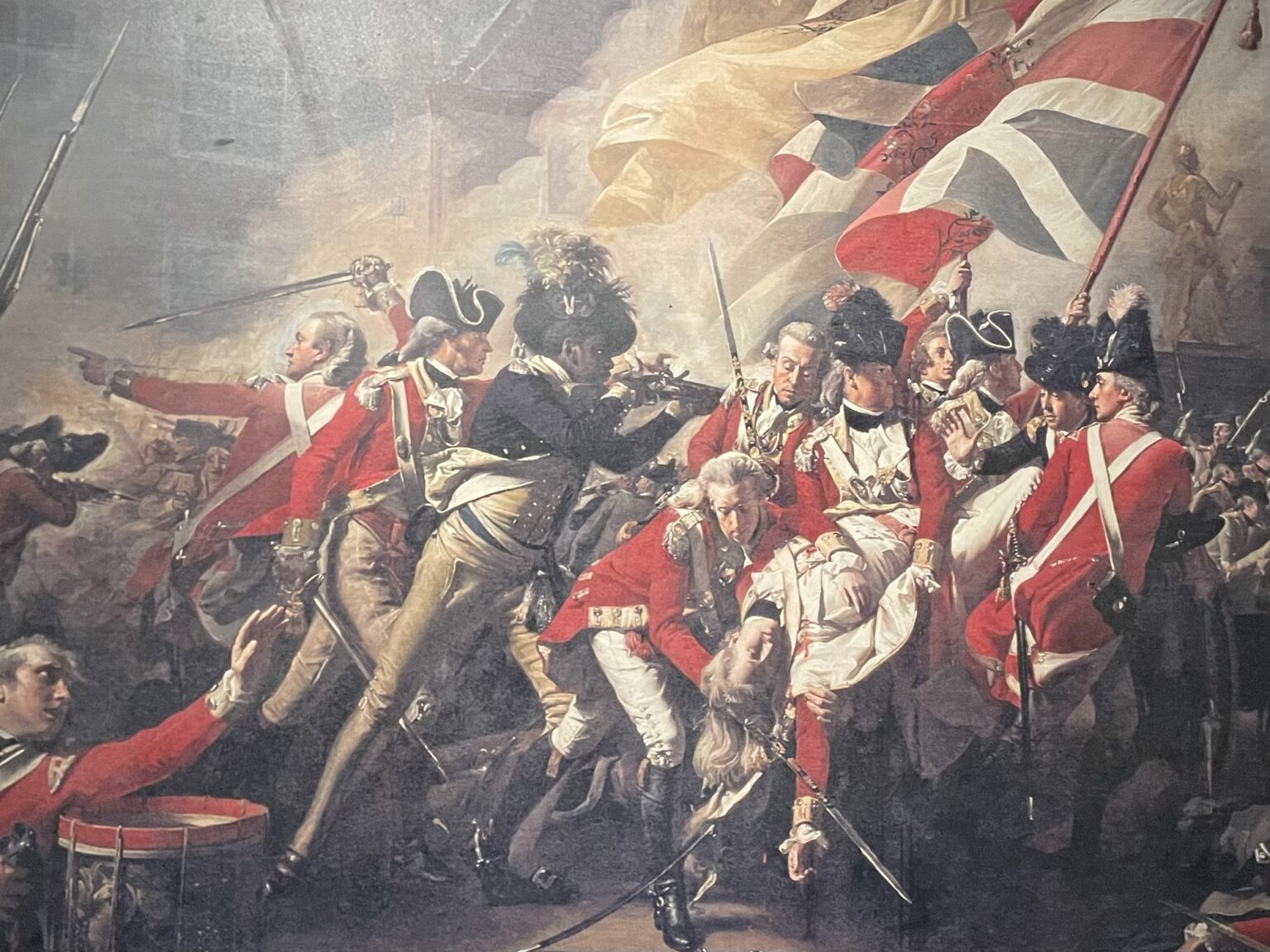
A famous French attack in 1781 resulted in the 15 minute Battle of Jersey immortalised by the famous painting in the Tate Gallery by Copley, showing the death of Major Francis Peirson who refused to surrender as ordered and led his troops to victory. The unfortunate governor Corbet was court-martialled as he had surrendered when surprised in his bed by the sneaky French.
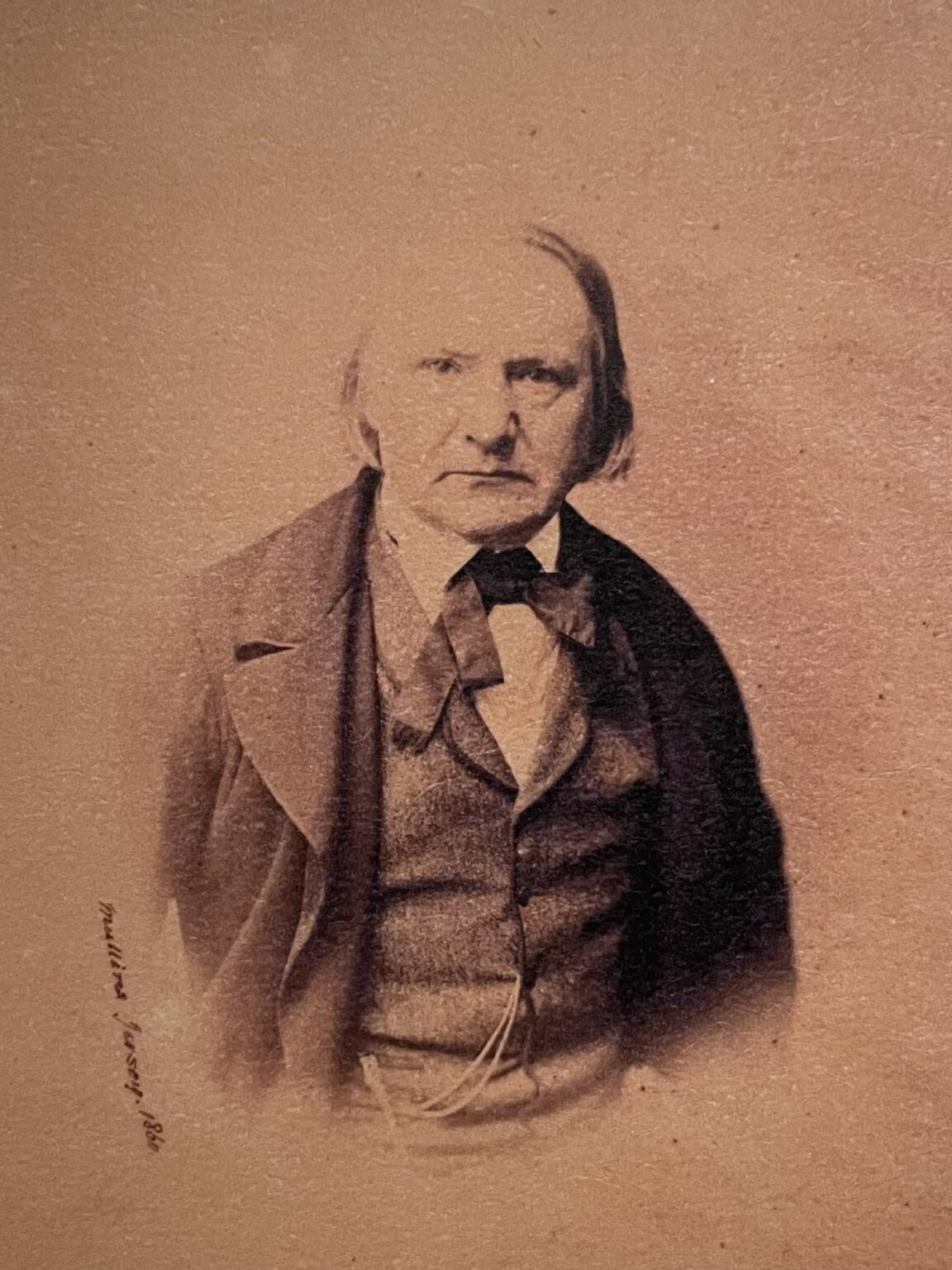
There were benefits of being closer to France too, as Jersey got the pick of the refugees: the Huguenots brought their silver-smithing and Victor Hugo came here first until he said something rude about Queen Victoria so he had to move on to Guernsey.
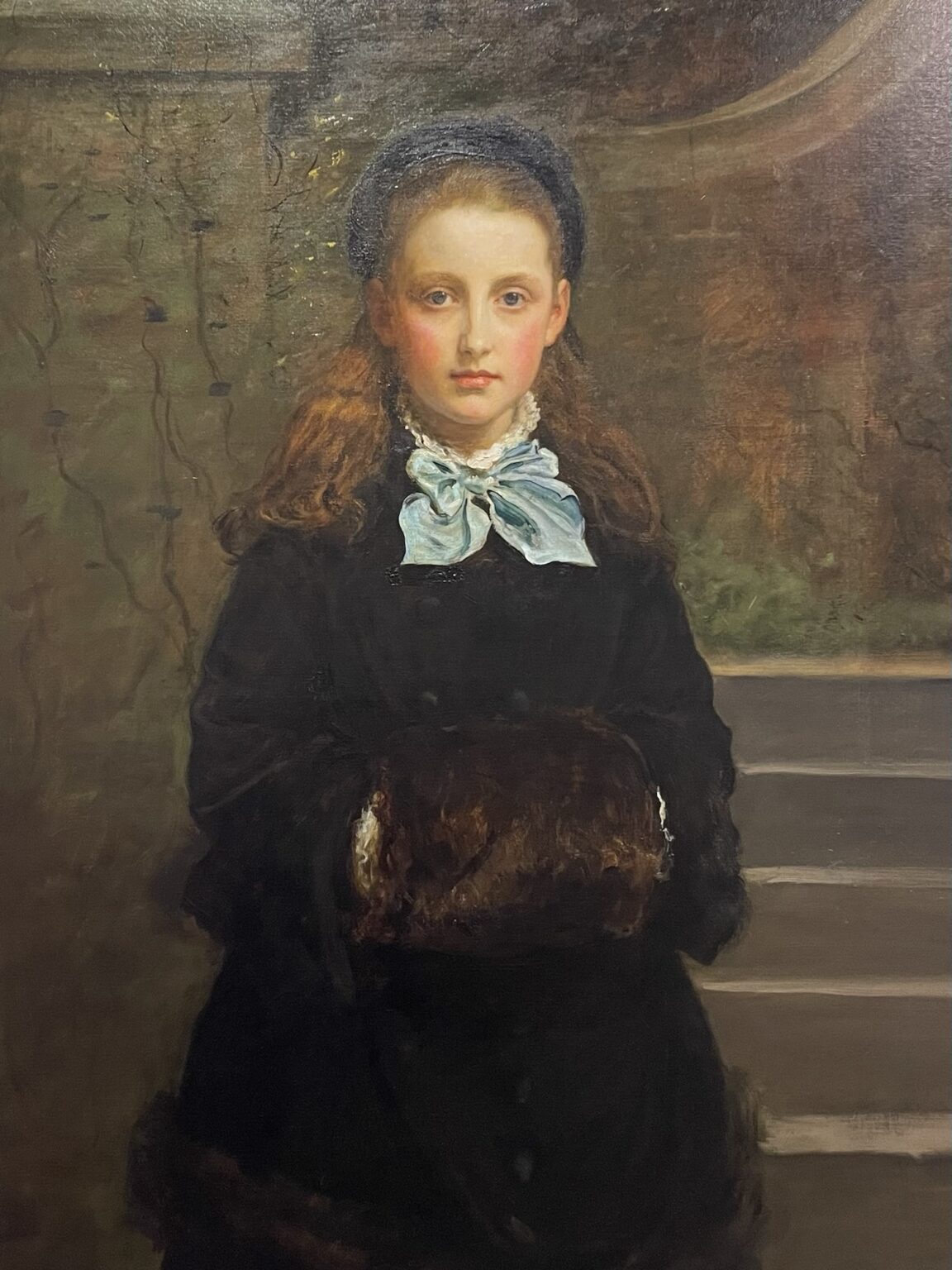
This episode highlights another major difference with Guernsey: Jersey remained loyal to the crown in the civil war and was therefore rewarded by Charles II with a huge gold mace that the Bailiff still carries on state occasions.
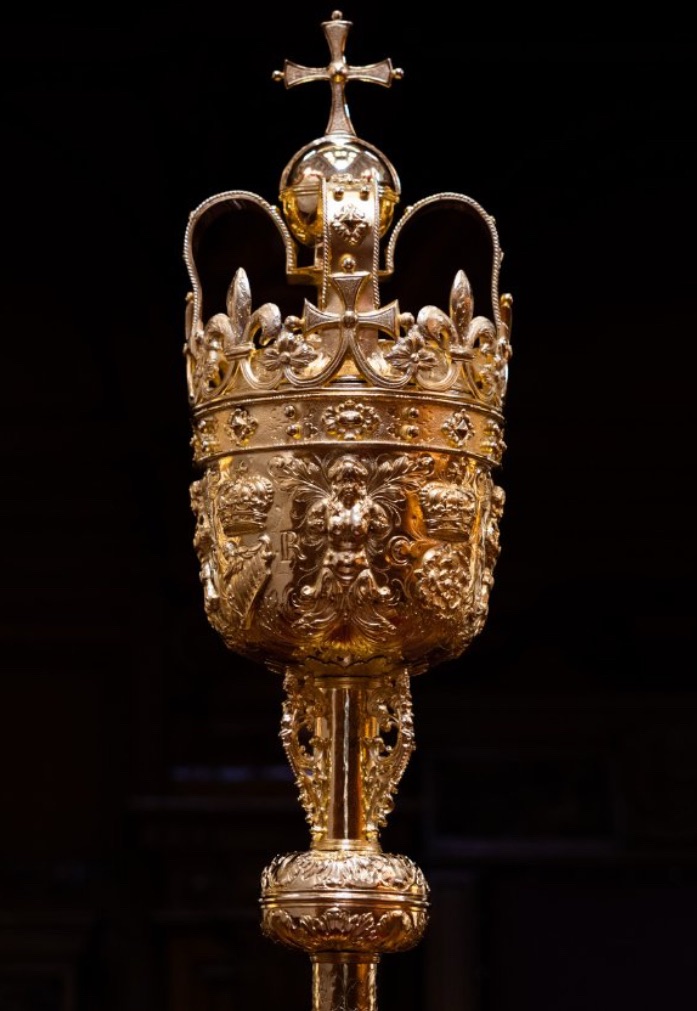
I enjoyed the art here:
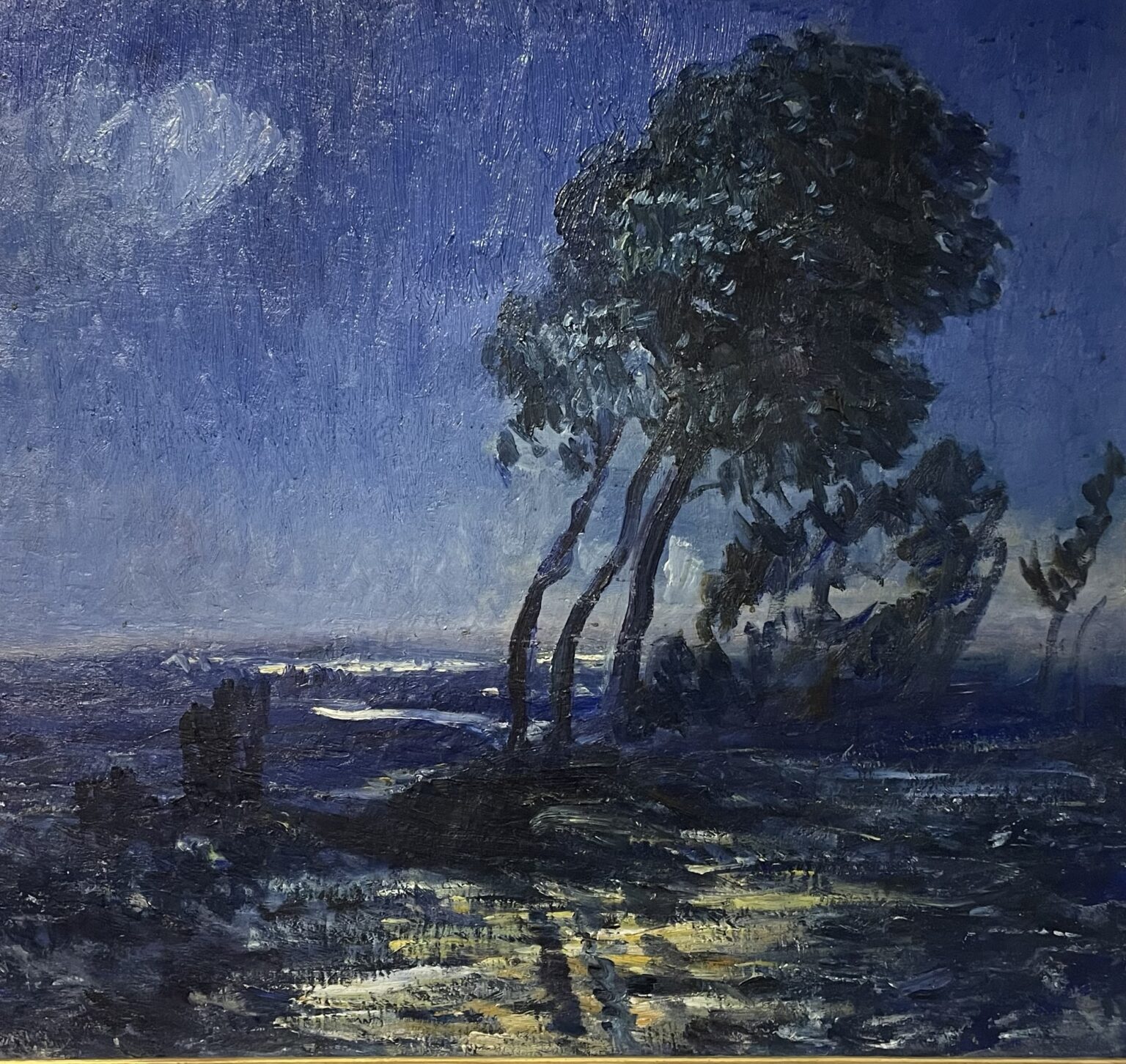

The maritime museum is fun with lots for families.
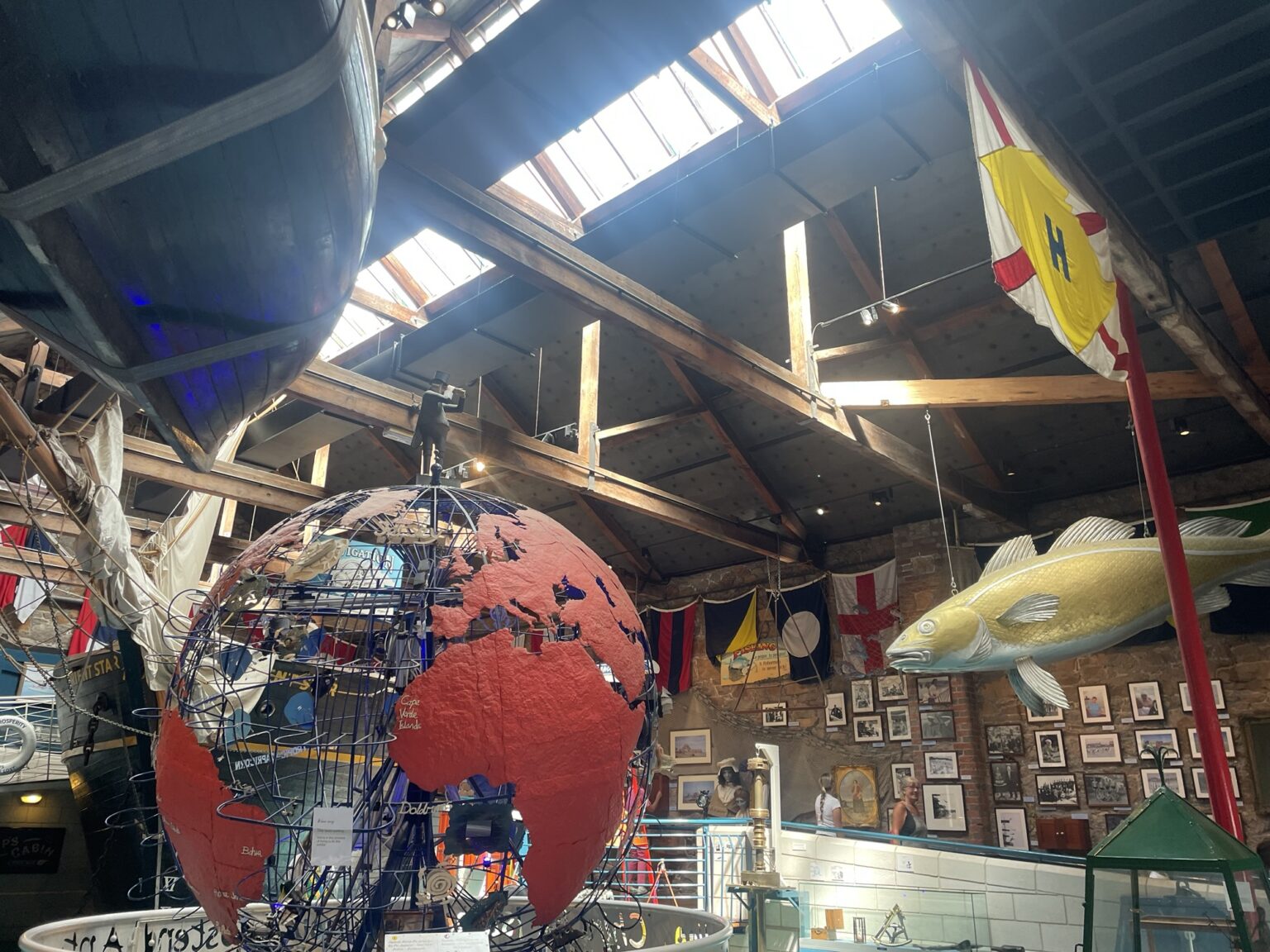
Stories of wrecks – Jersey had plenty! And adventurers including Sir Philip Carteret who explored the Pacific and discovered many new islands including Pitcairn Island.

He misplaced it on the charts which is why the Bounty mutineers could hide there for so long.
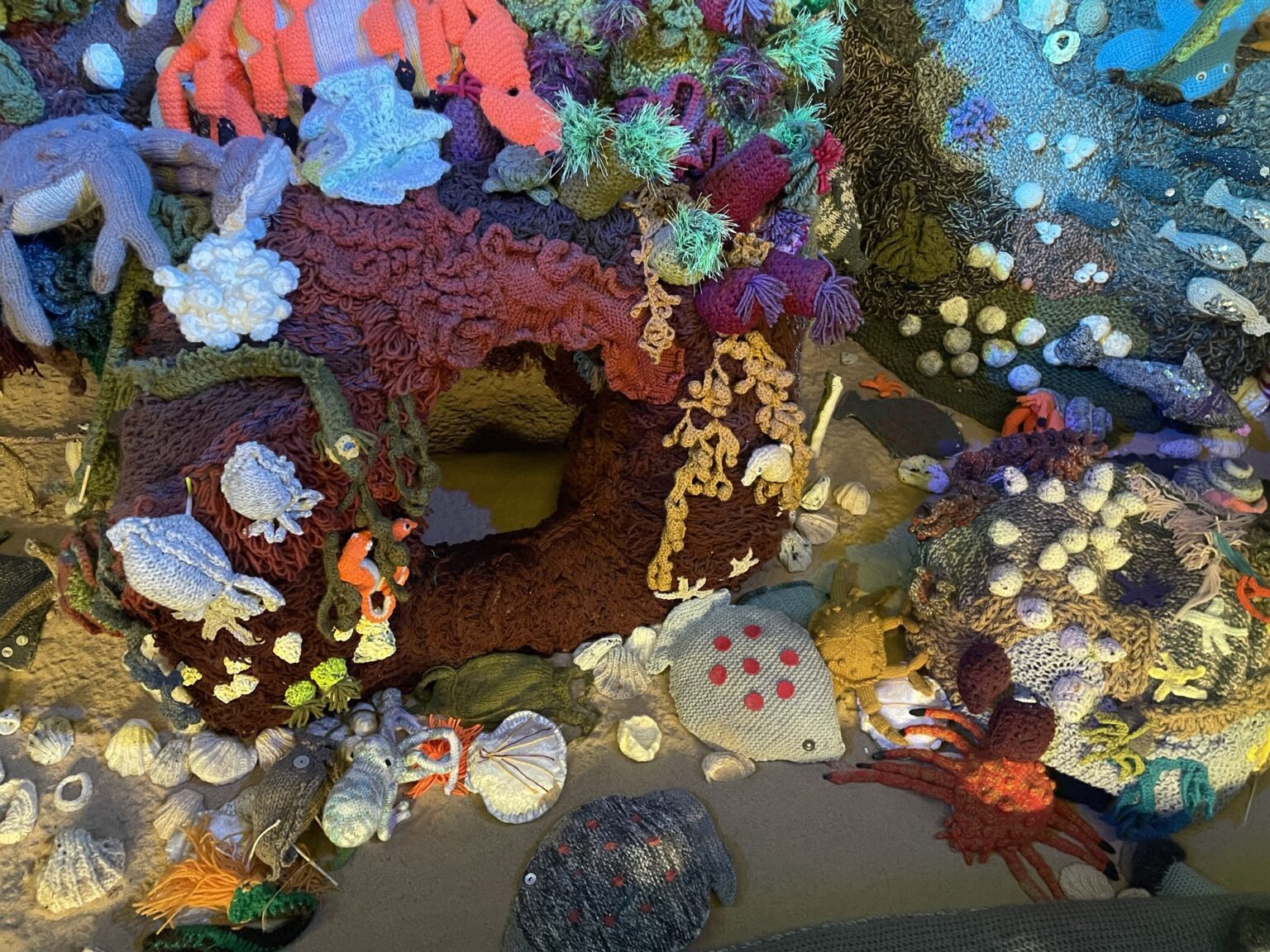

Privateers and smugglers did a merry trade, women being very adept at smuggling. They hid lots of goodies under their skirts and when one was arrested and searched there was such resistance and uproar from the locals that the guards dare not frisk another ever again – so the smuggling continued unabated.
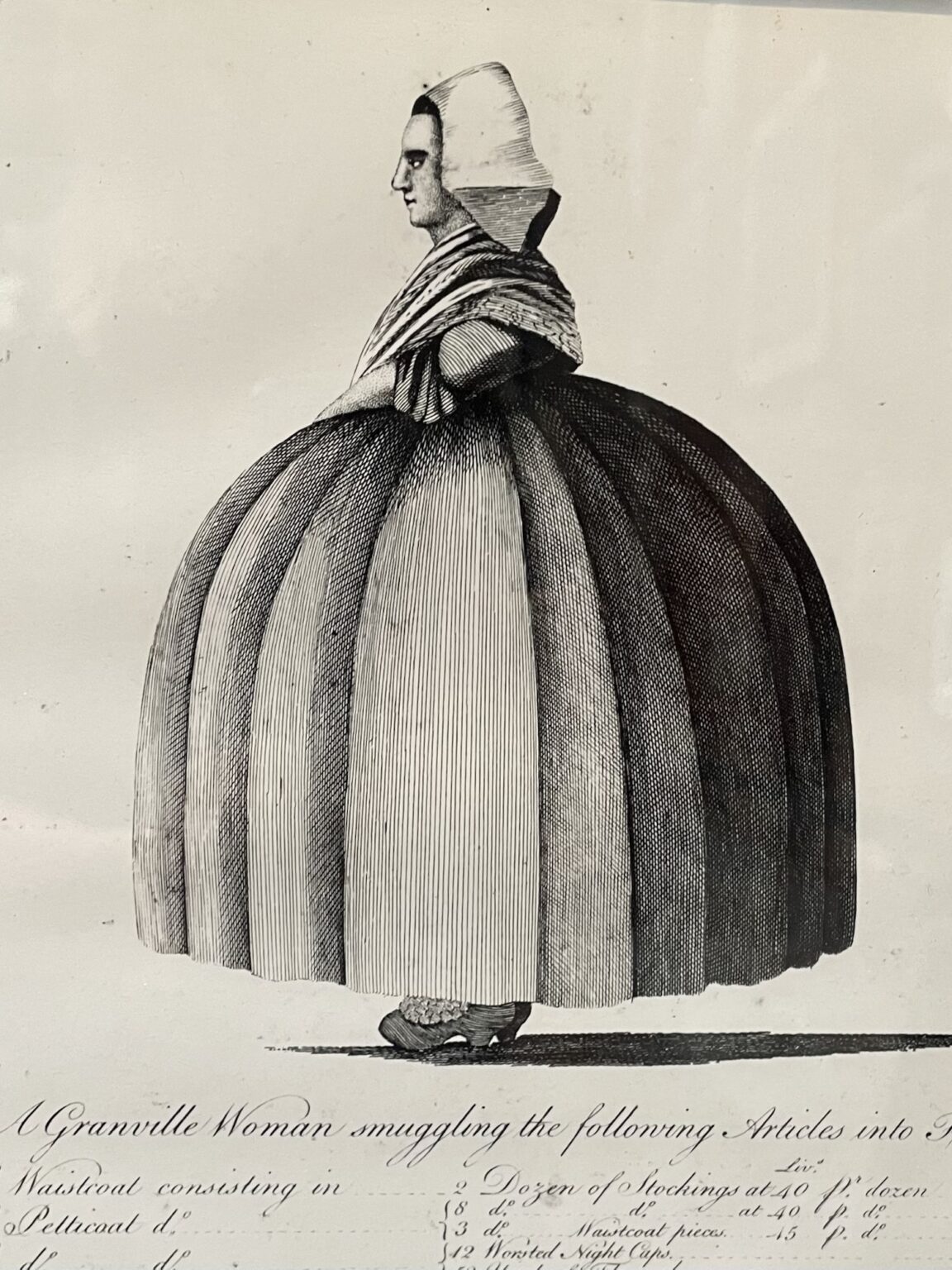
Jersey, like Guernsey had a horrible war, and in 1995 they sewed an amazing memorial tapestry.

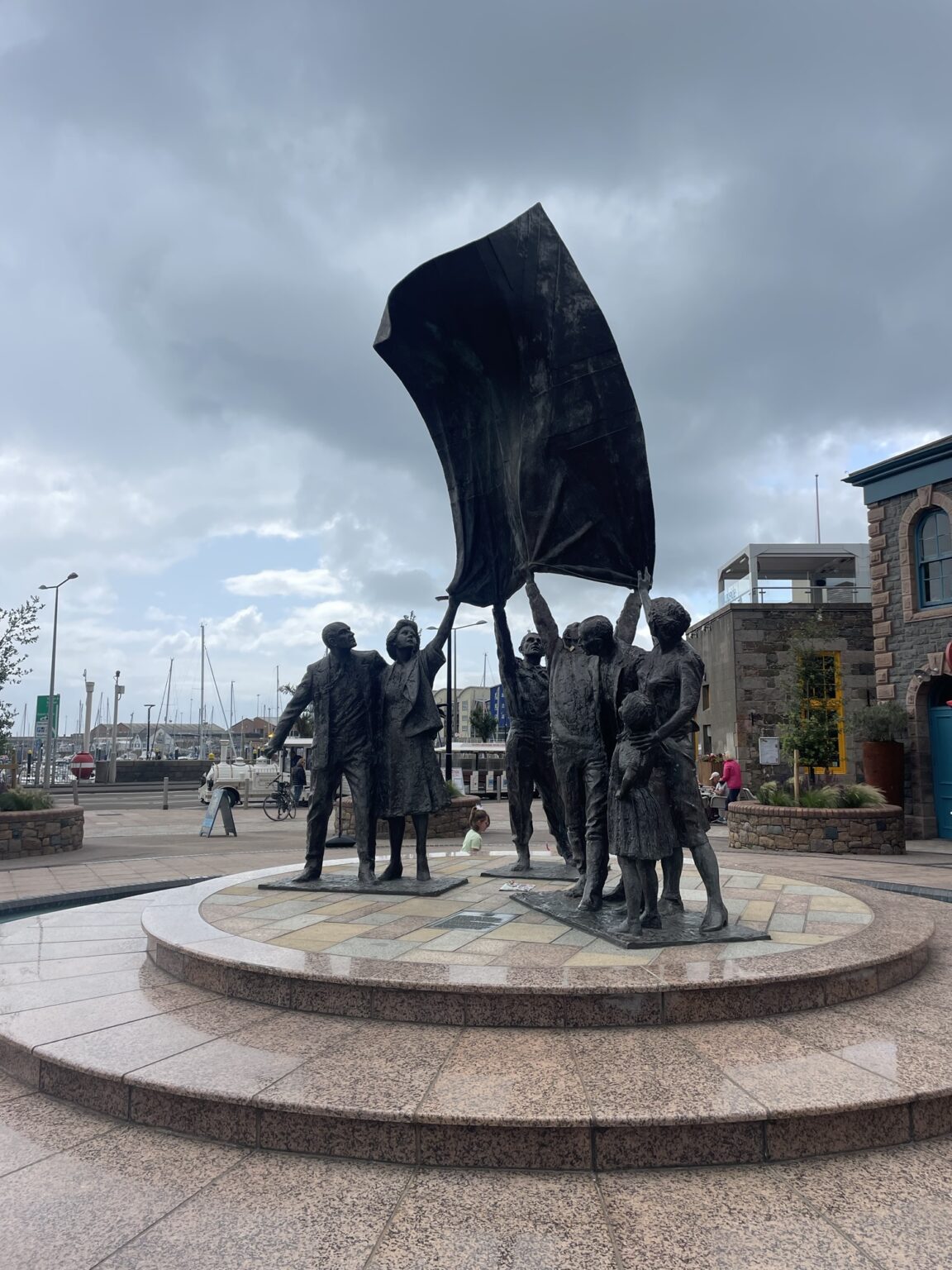
We only glimpsed the gorgeous cows, but we saw a tractor pulling a trailer full of Jersey royal potatoes!
